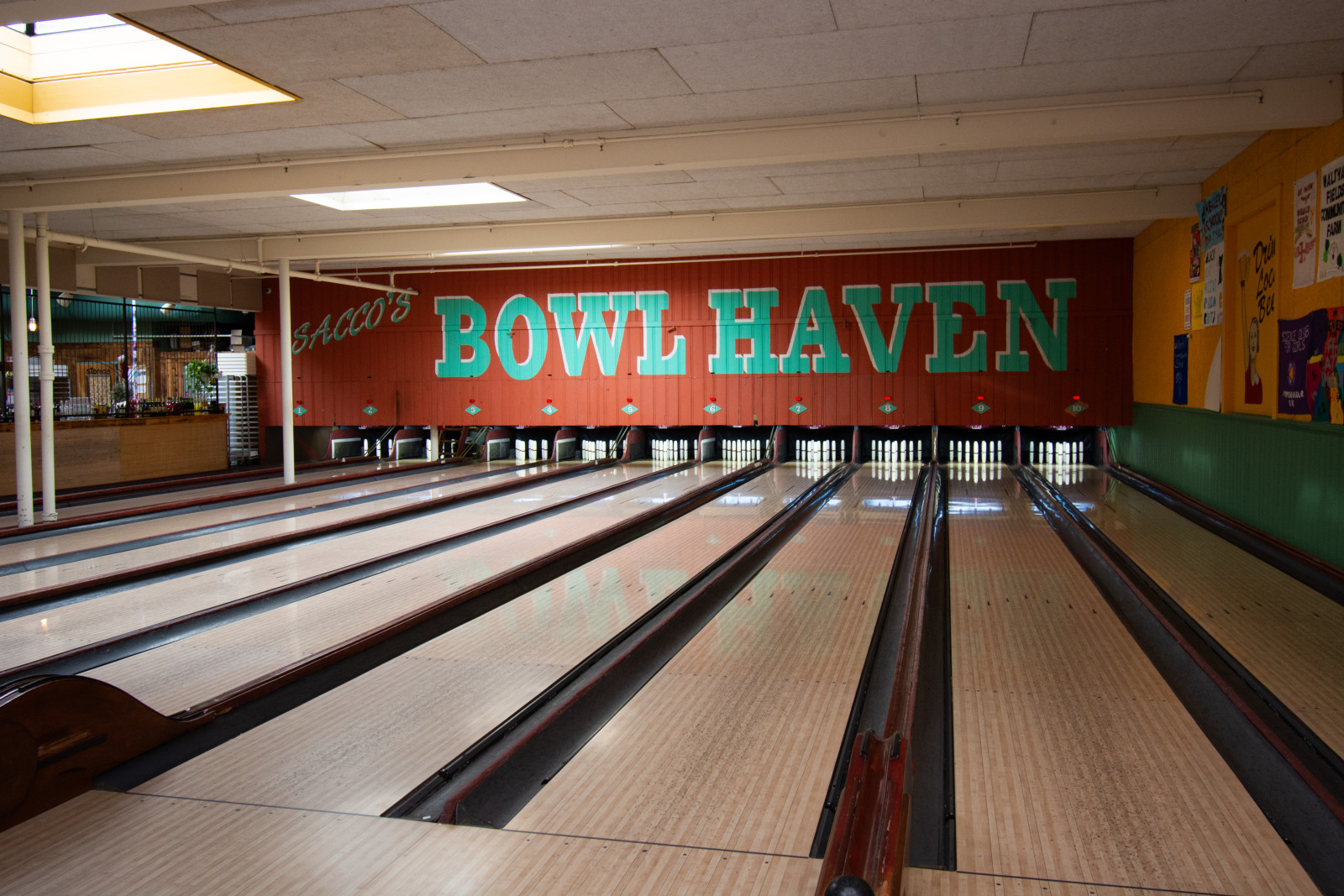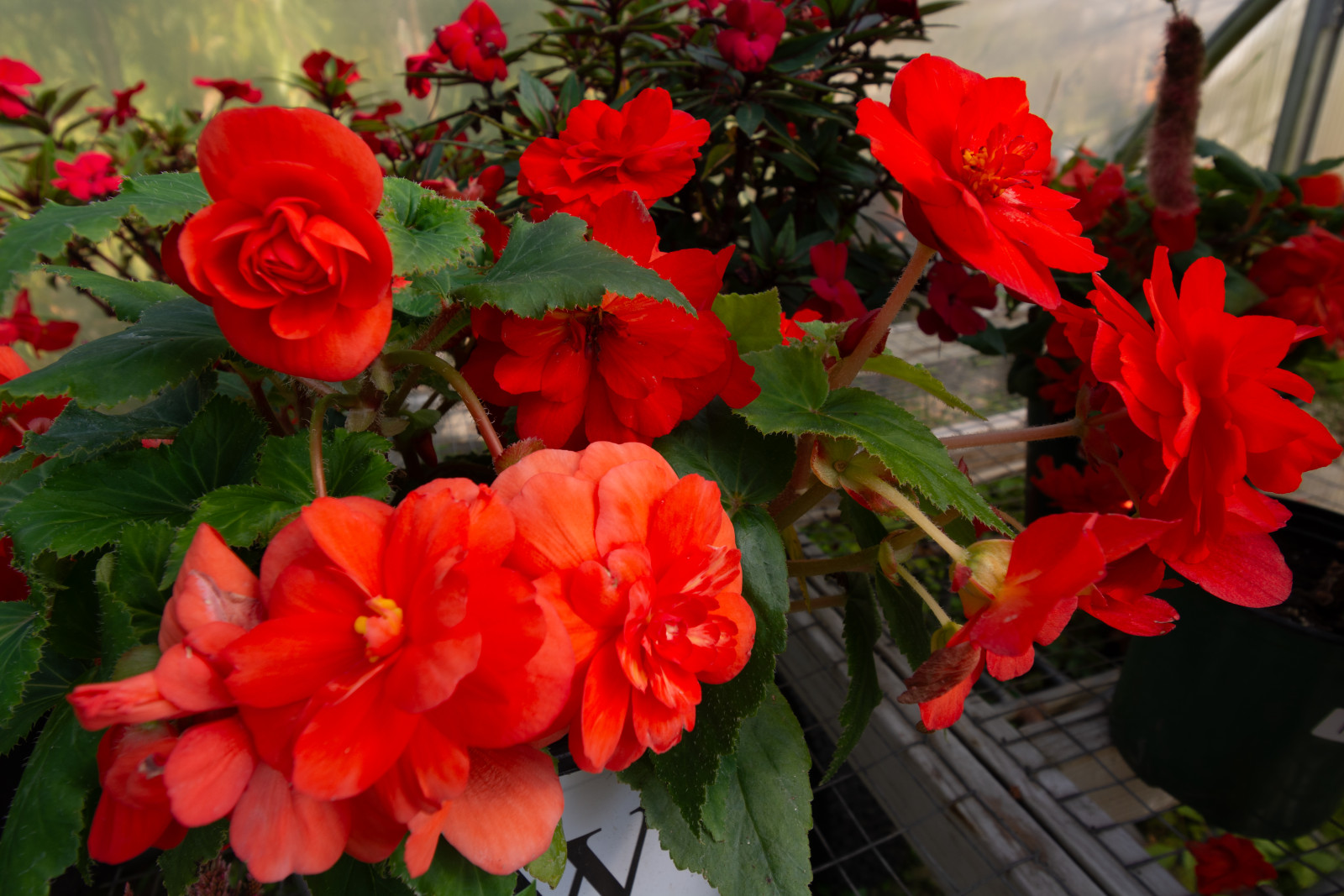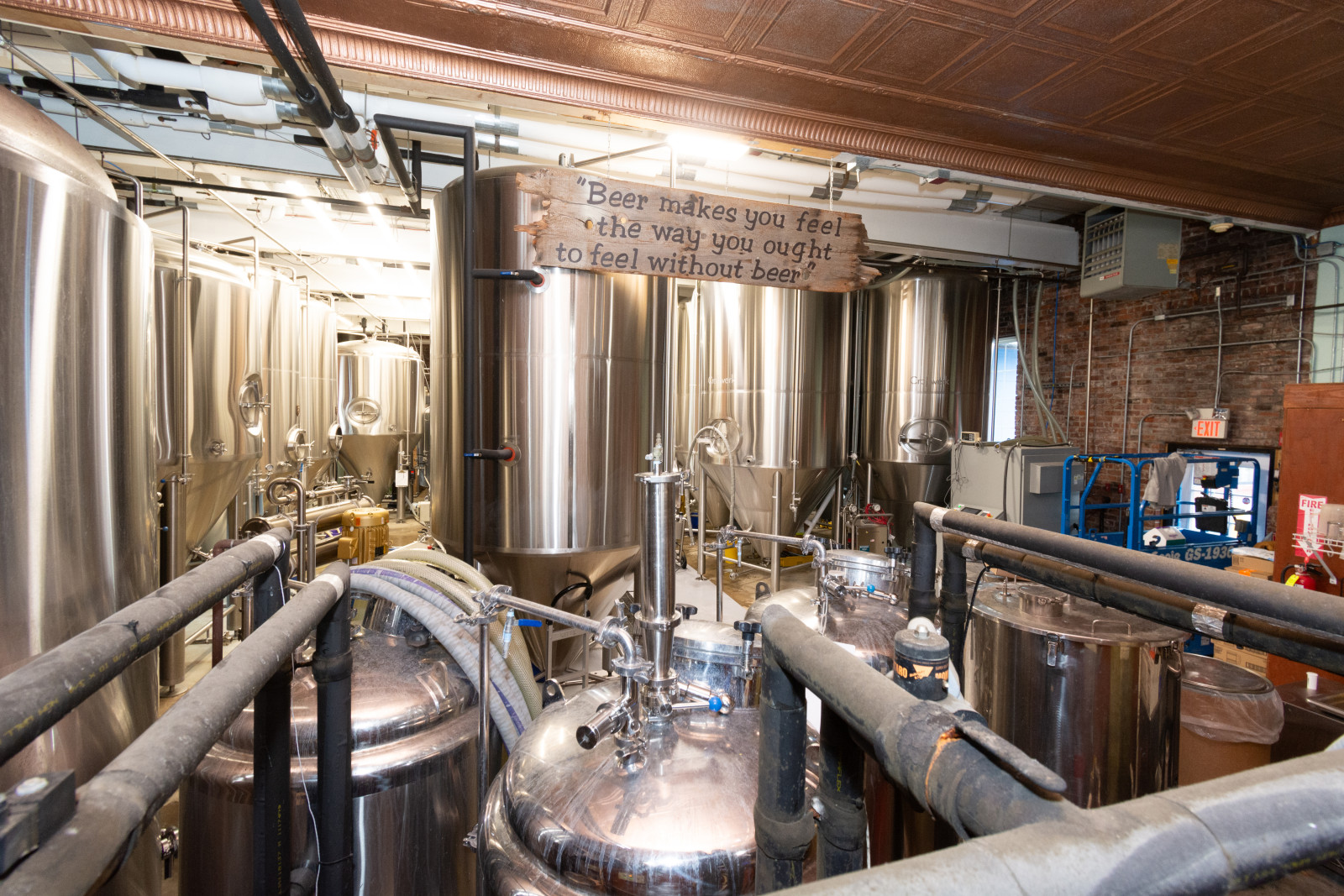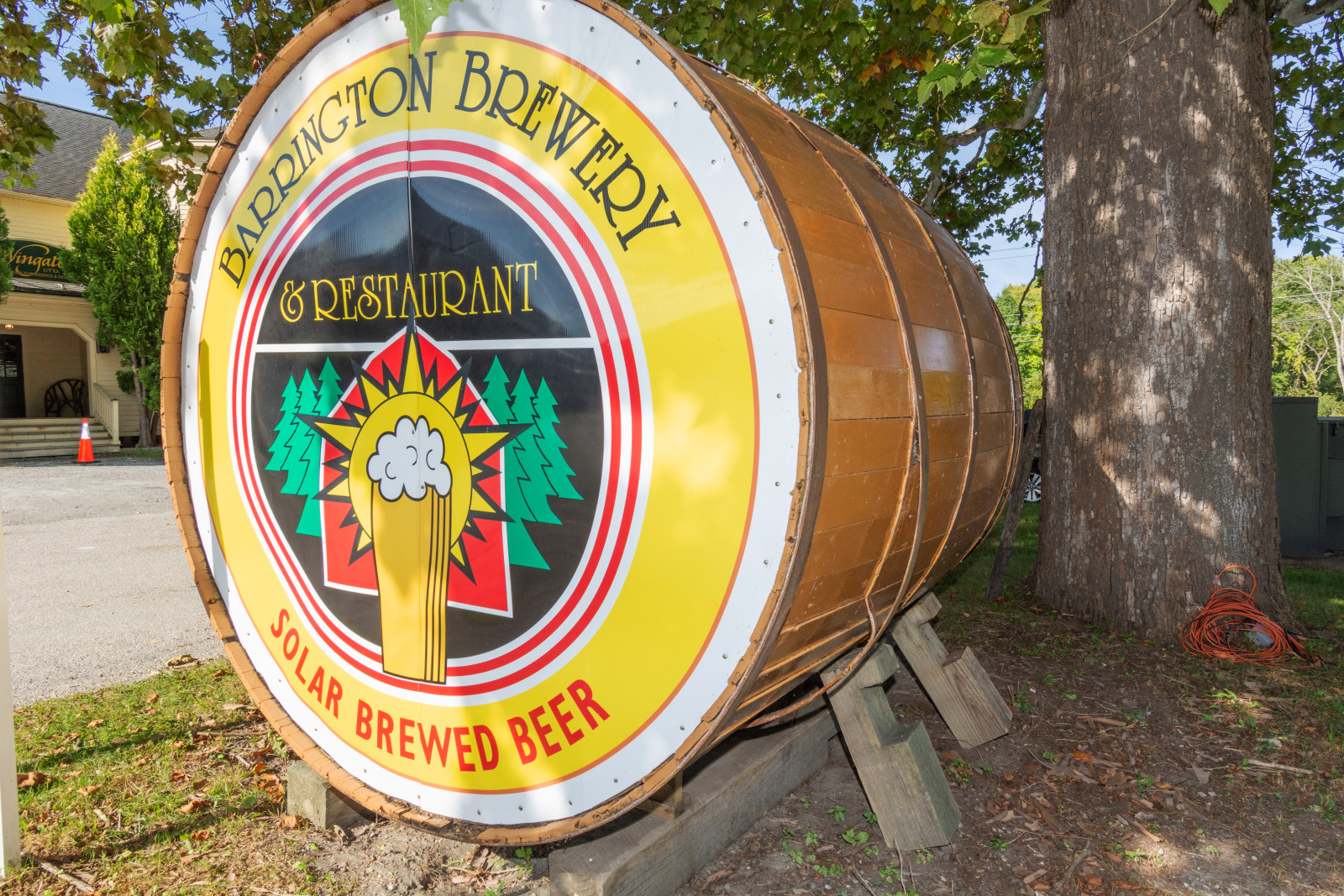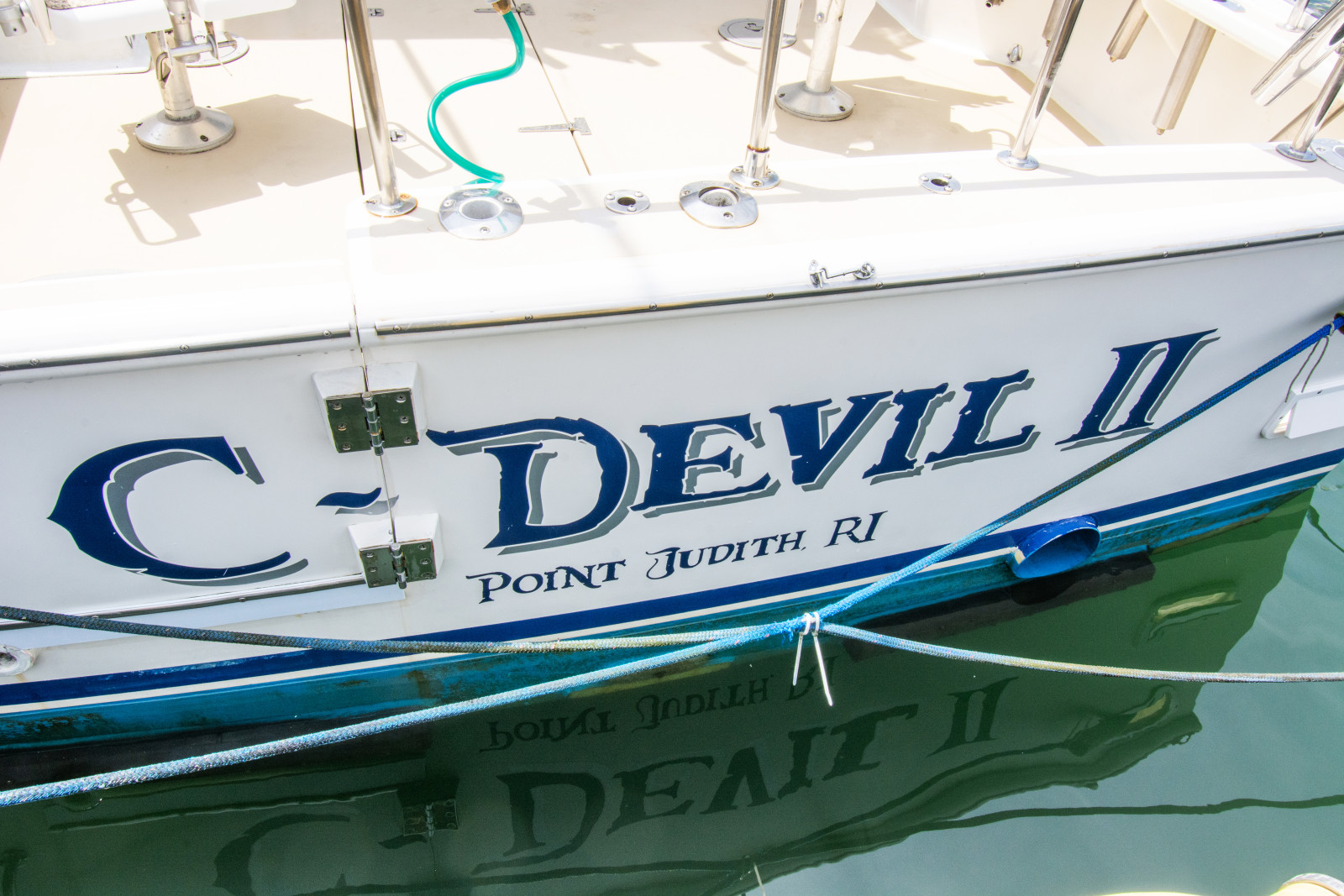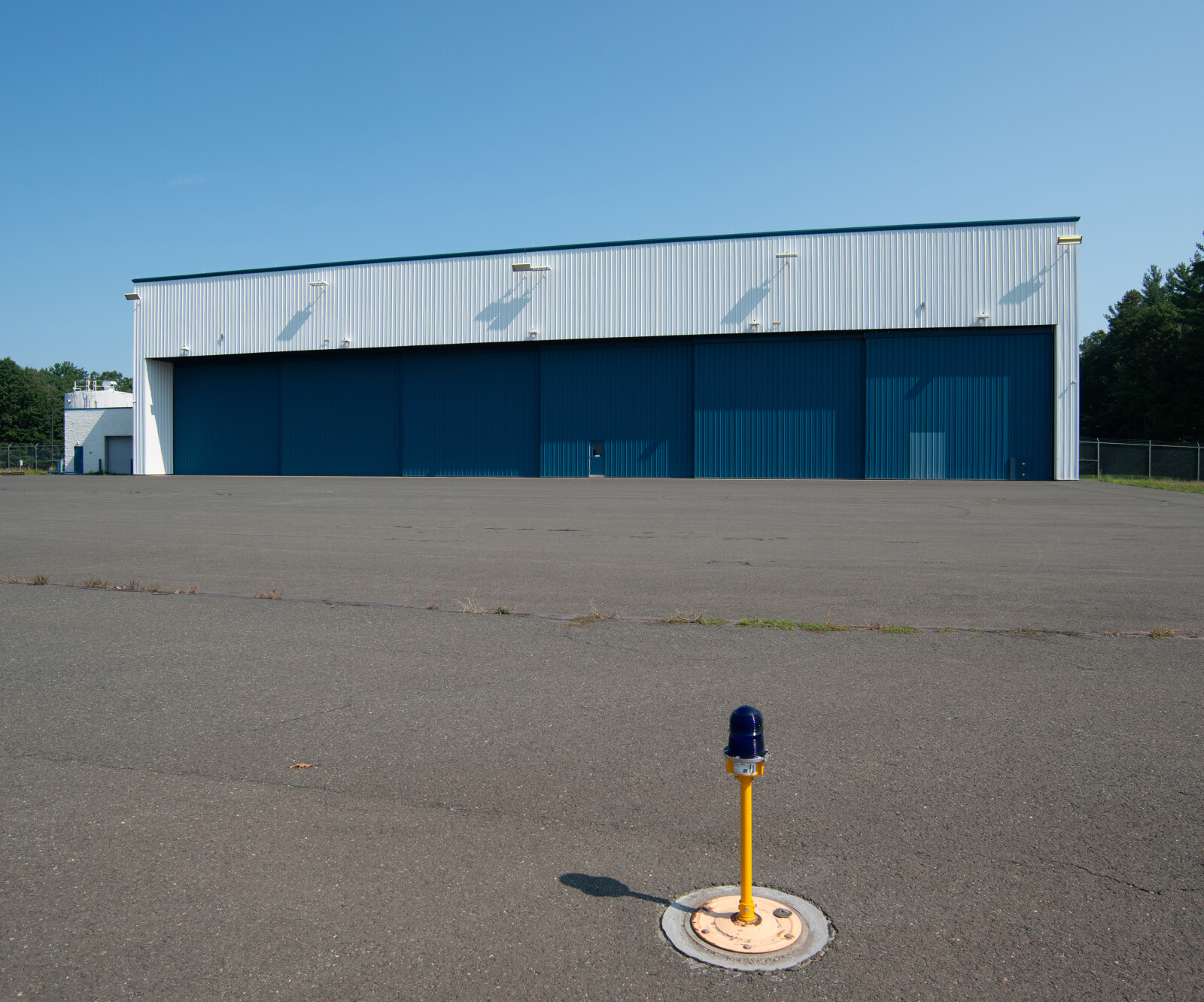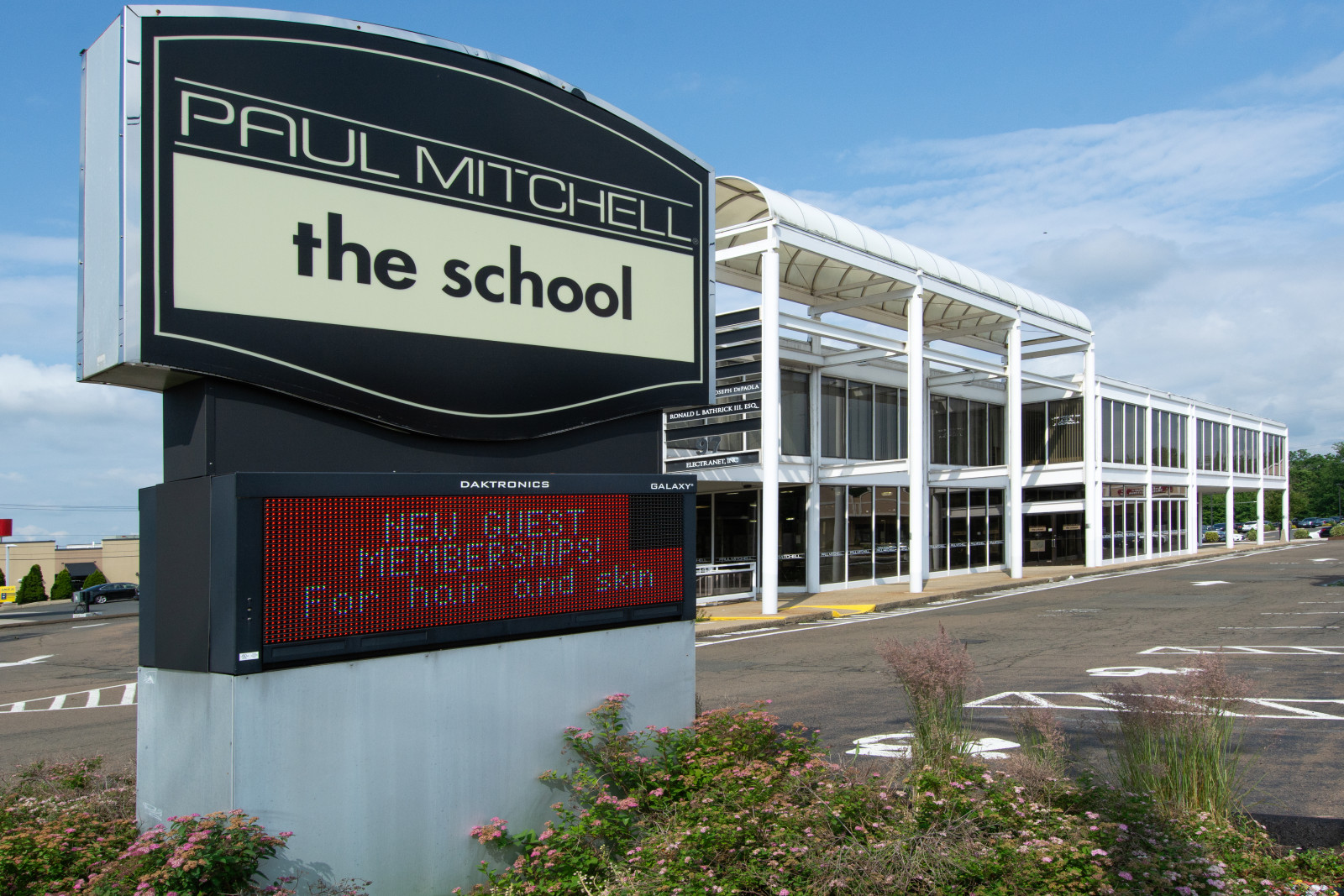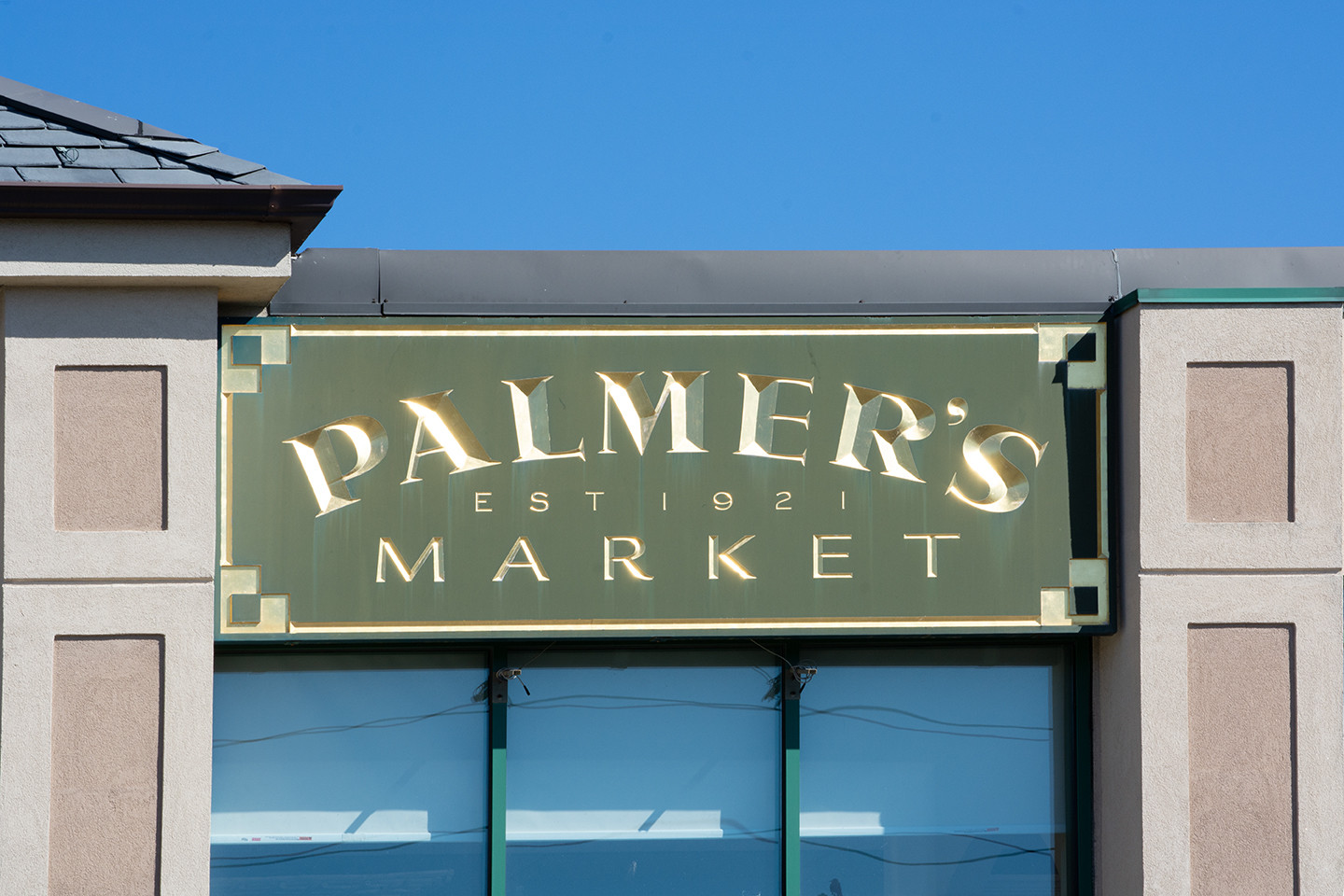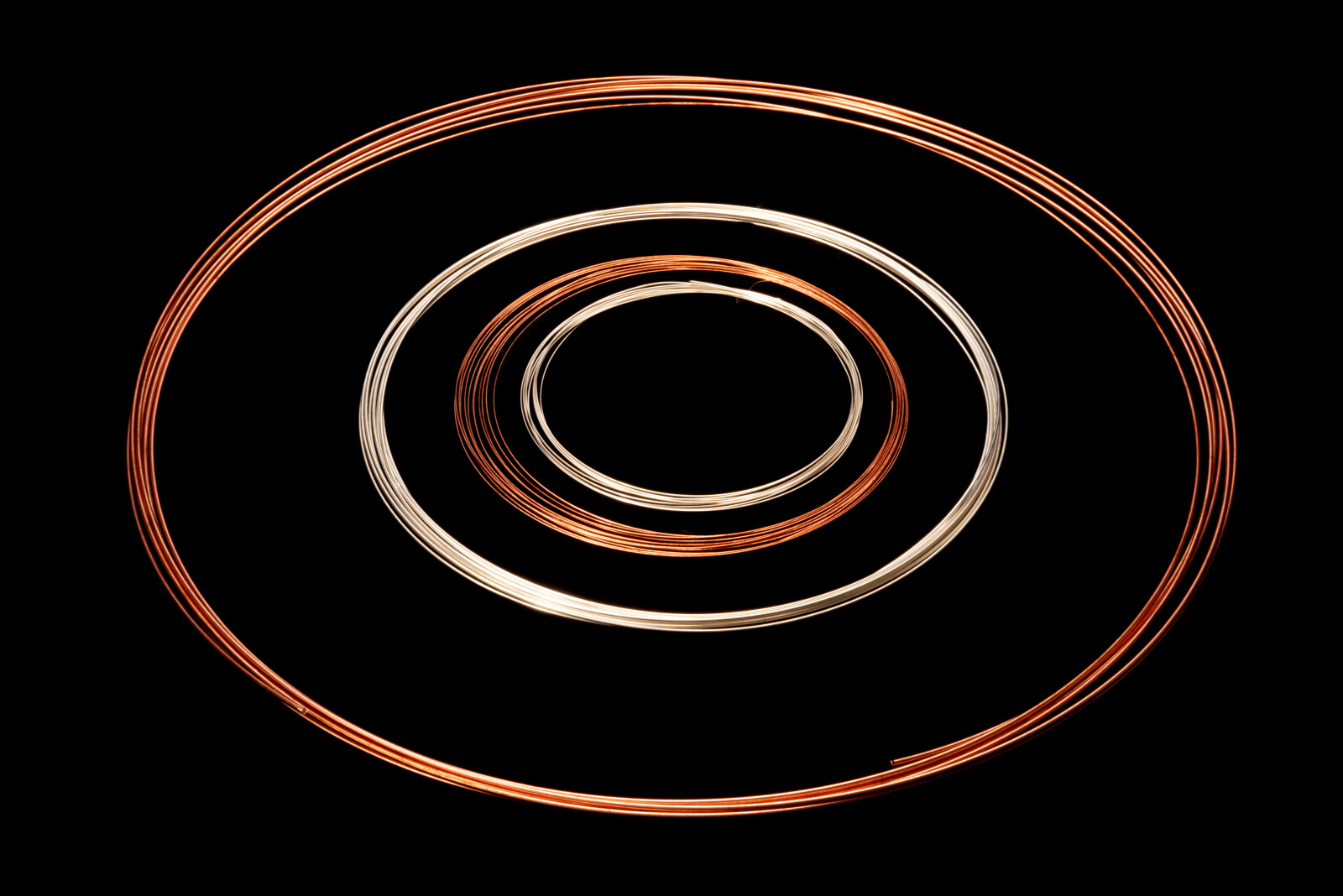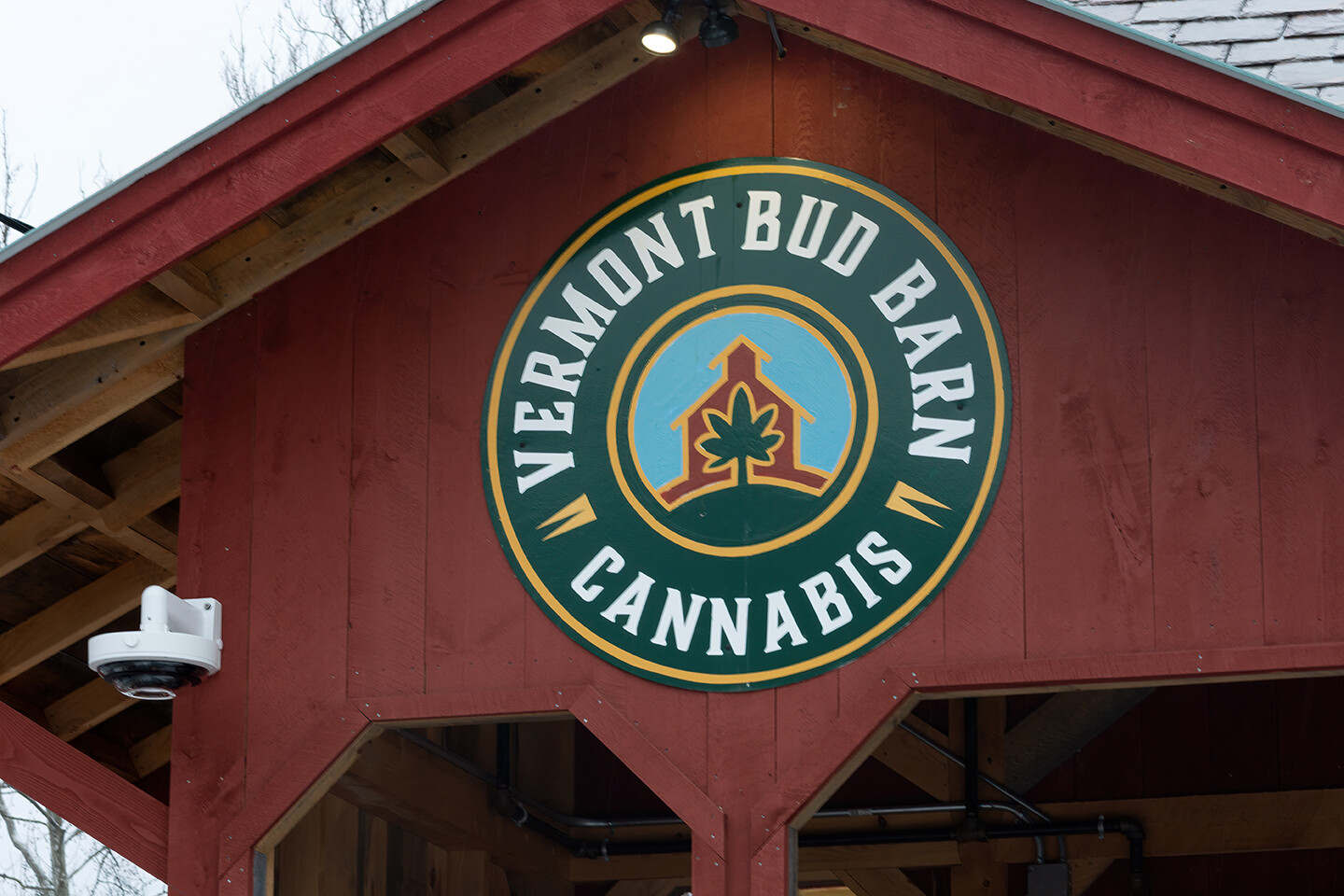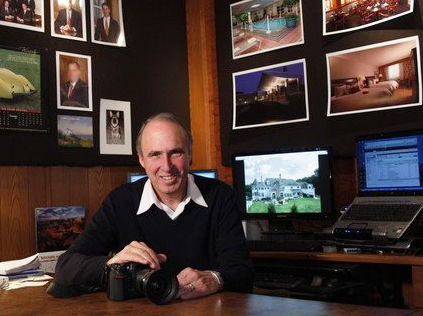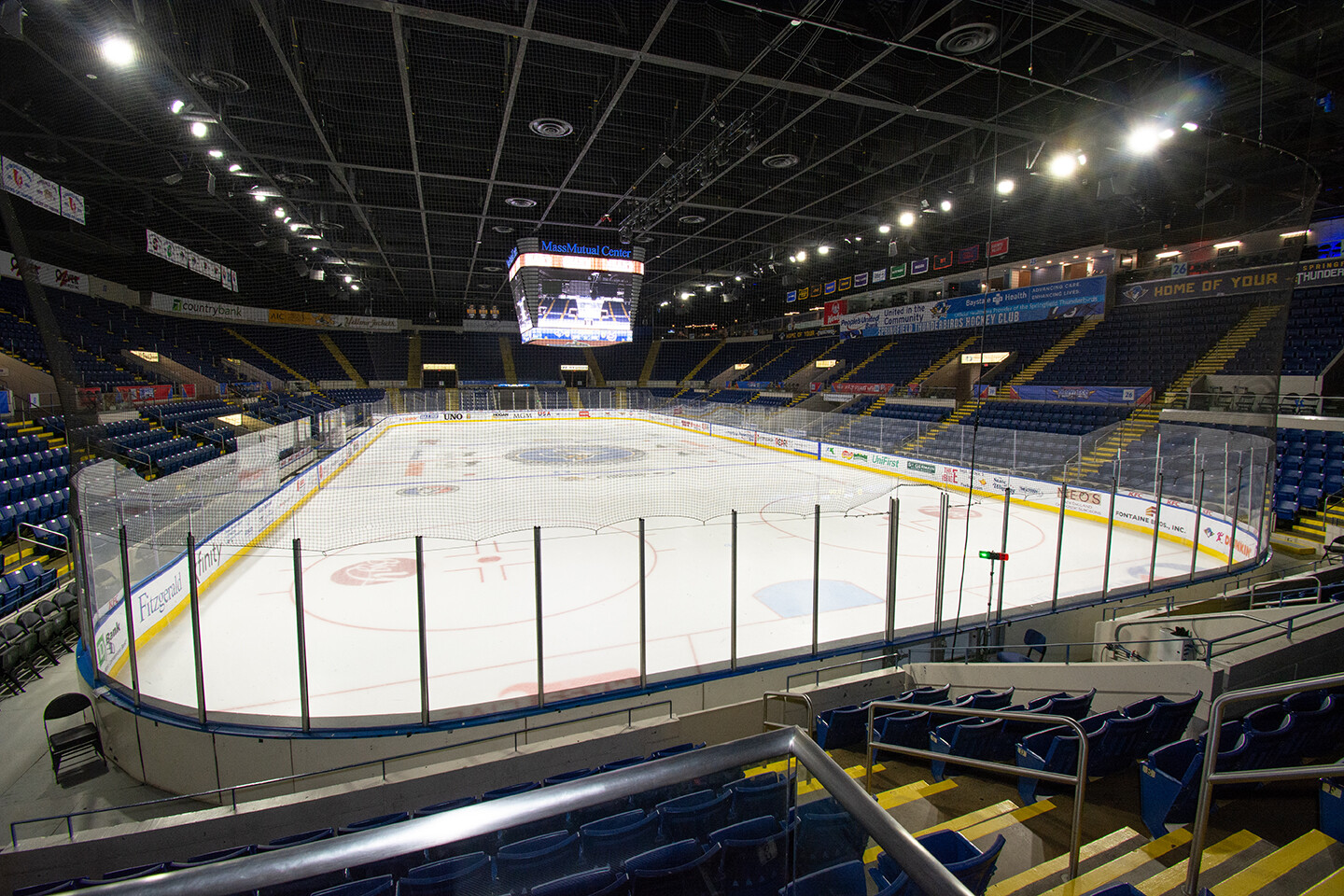
Happy New Year 2023!
I have always enjoyed photographing big venues. I have done Google virtual tours of many local landmarks including: Connecticut Science Center, https://goo.gl/maps/CHvvVFWsXkEmT8ZQA , Bushnell Memorial Performing Arts Center https://goo.gl/maps/NBFXMDoJUyFzUKad9 , Hartford Convention Center https://goo.gl/maps/fUN827k5zK7AMK5k9 , and New Britain Museum of American Art https://goo.gl/maps/4649hPHmy8AyBTLc6 . I had another opportunity this summer. A minor league hockey arena and a convention center in Springfield, Massachusetts called the Mass Mutual Center, wanted 70 panoramas taken in one day.
Of course, the original plans needed to be changed since the convention center wasn't ready for photography that day, however everything worked out just fine. I wound up photographing the hockey arena the first day and the convention center a week later. To complicate matters, the local minor league hockey team; the Thunderbirds https://www.springfieldthunderbirds.com/ was staring the first-round post season playoff games for the Calder Cup and staff was working throughout the arena..
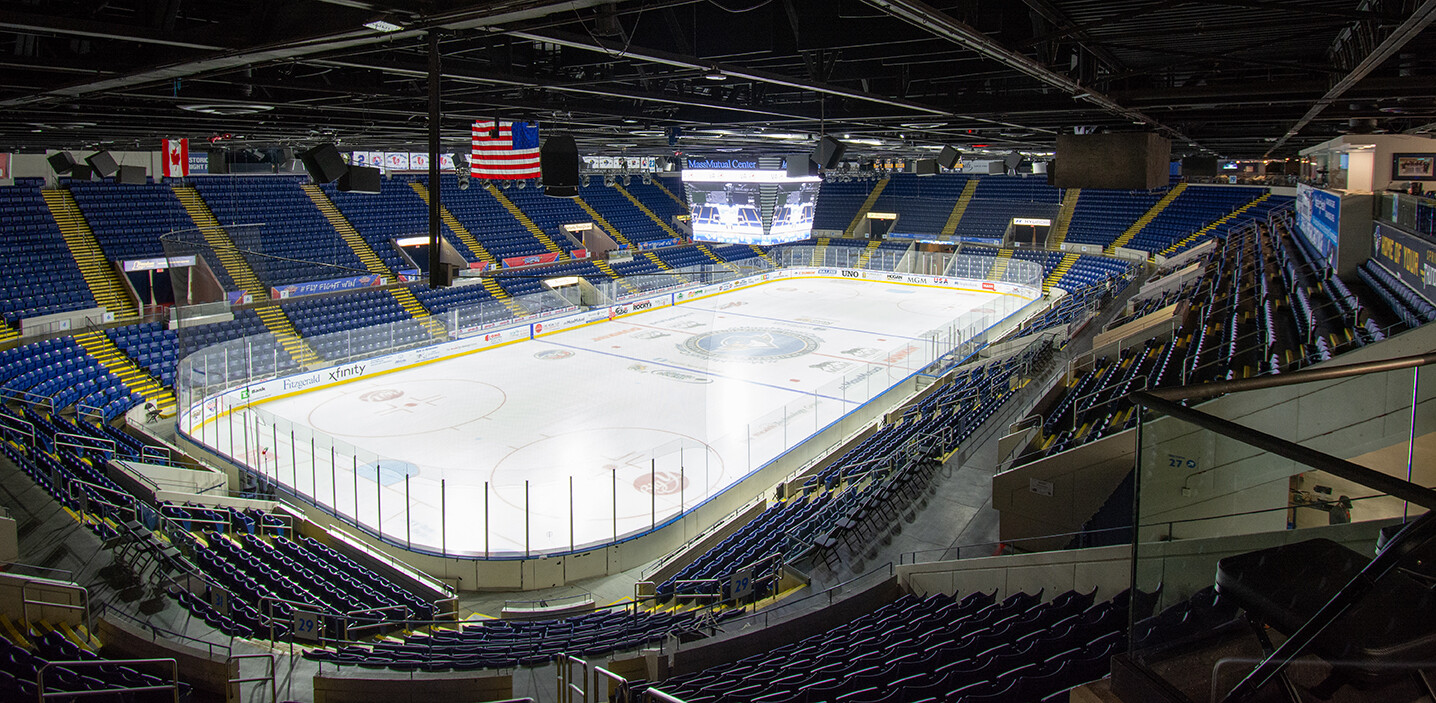

I worked my way around the concourse https://goo.gl/maps/oK5axWi1QGtf9Jf67 being careful to take as many panoramas as possible just outside the door to each section and I took panoramas in several of the seating sections https://goo.gl/maps/QM3q3tijytBY6au26 I also photographed the luxury seating area: https://goo.gl/maps/LLR71rLcUJRuZBQWA .
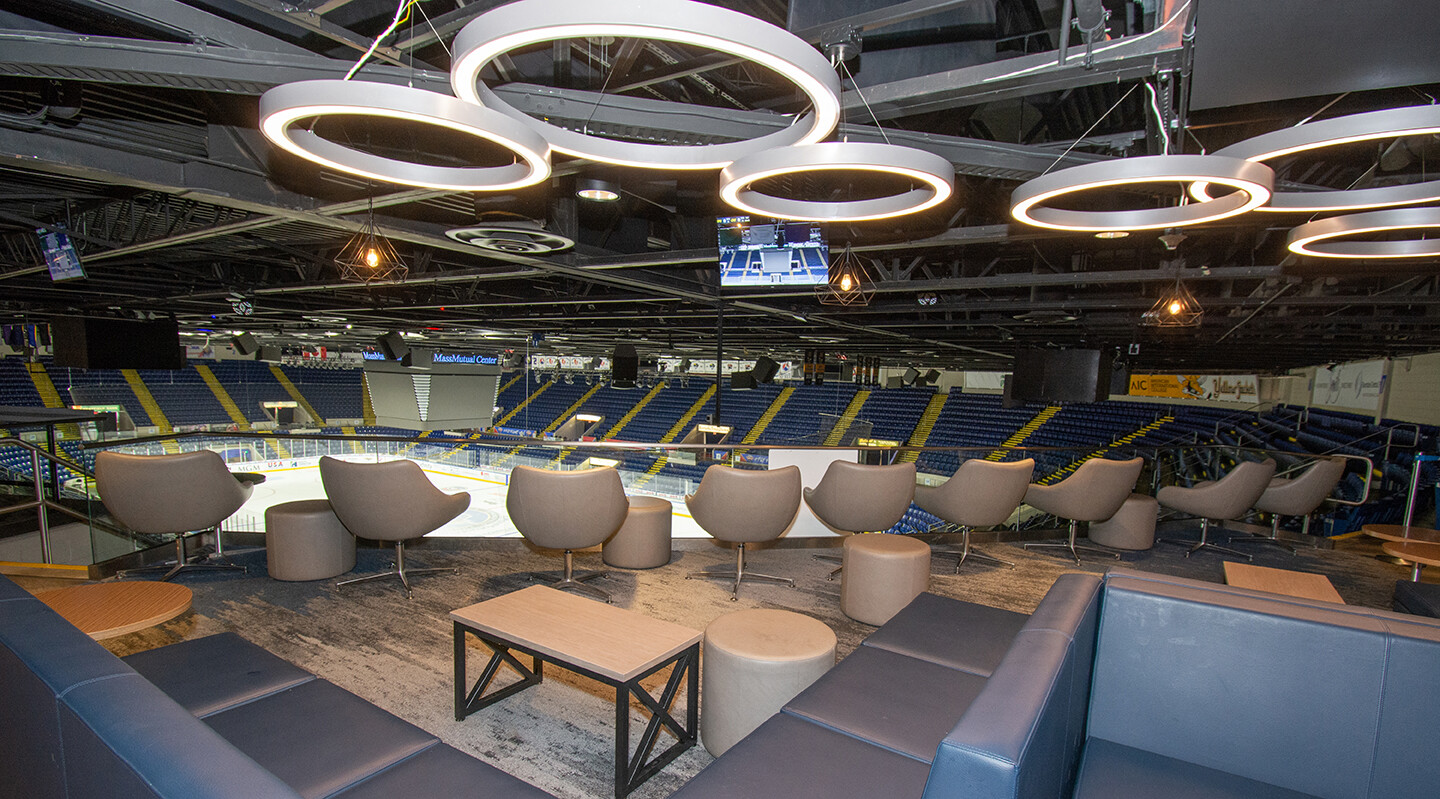
Employees preparing for the next hockey game were constantly walking through the concourse and I had to be patient between frames. When I came back to photograph the Convention Center, all areas were nicely staged for photography.
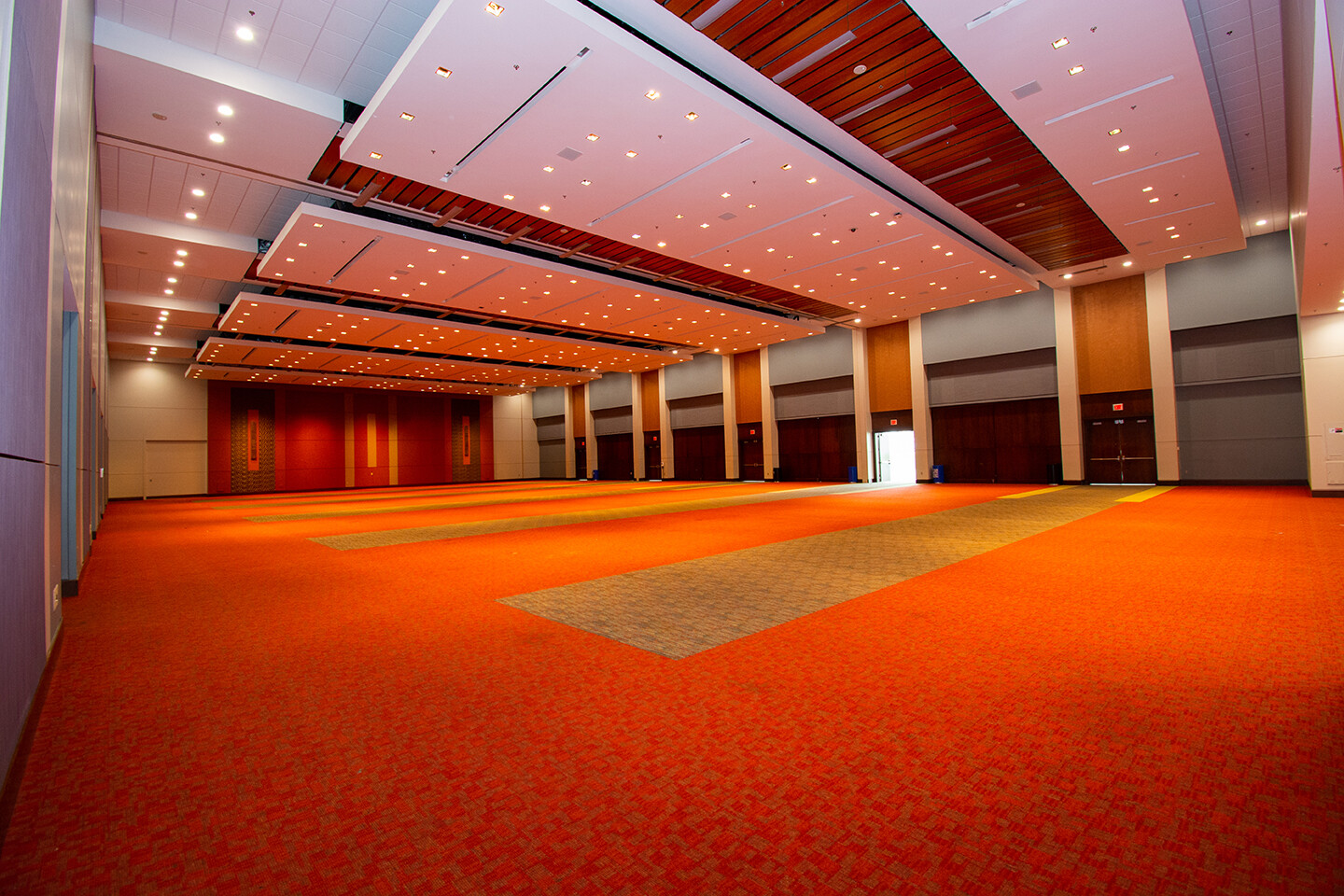
After I took panoramas of the convention expo center that was divided in two separate areas, a crew of about twelve people manually collapsed the room divider so that I could photograph the entire exposition space, which is quite massive: https://goo.gl/maps/wPcZTESyyiD5FV1k9

There are also several smaller meeting rooms. https://goo.gl/maps/LcDrWW5FsRsrvxRJ6

And there is a nice view of downtown Springfield. https://goo.gl/maps/ruZWL32E8AuH5zQBA
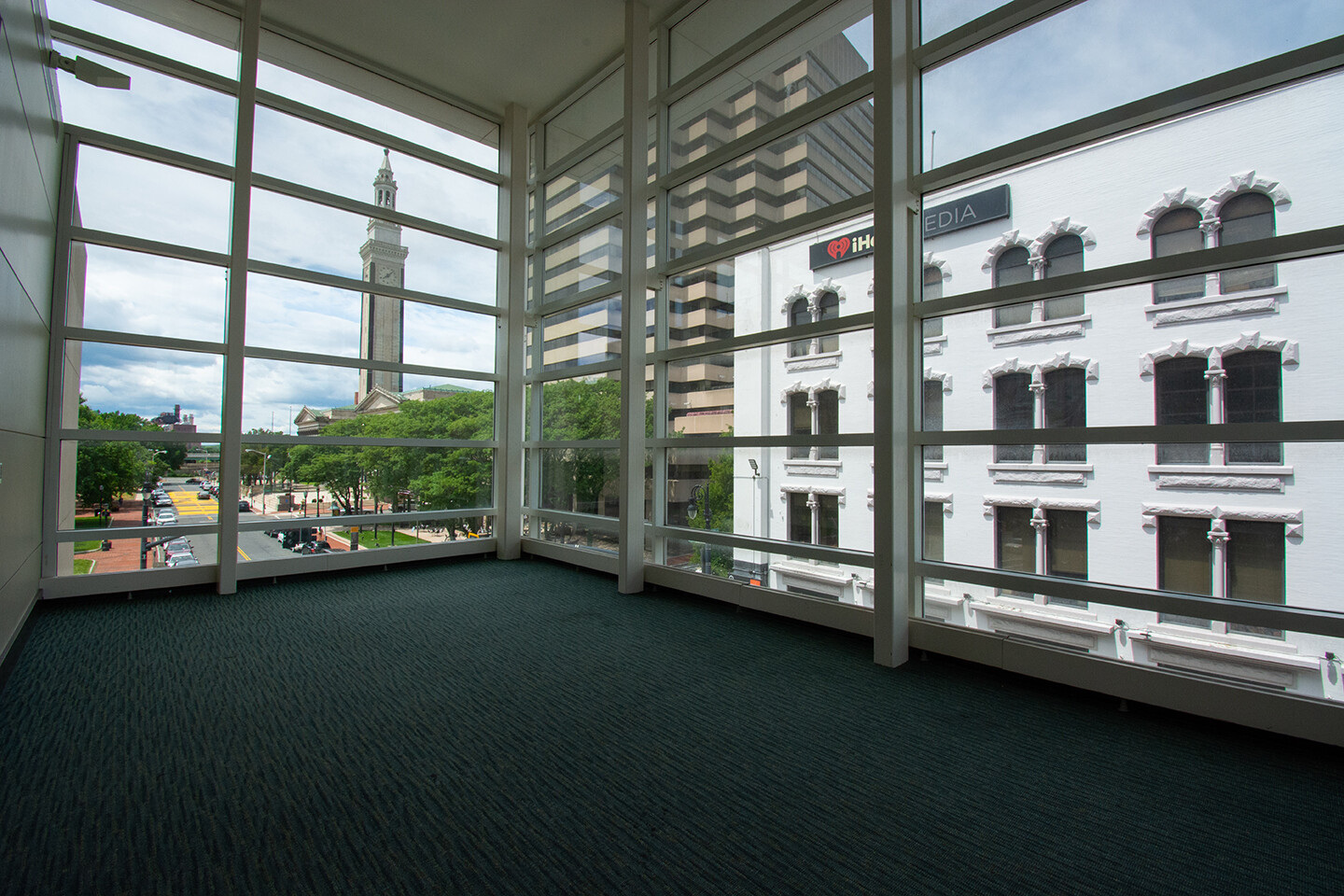
I enjoyed photographing this amazing space. The Thunderbirds lost in the first round of the playoffs in 2022, but this could be their year to win the Calder Cup!
Tim Becker
Creative Images Photography
901 Main St.
Manchester, CT 06040
860-528-7818
tim@2cimages.com

It has been a very busy summer and I will be writing future posts about photographing the hockey arena and convention center in Springfield, MA and photographing one of my favorite places: a manufacturing plant that forms and coats wire. For now, I want to share a most interesting assignment I just completed.

From time to time, I am surprised and amazed on a photo assignment. Recently I was assigned to produce a Google virtual tour of Center Church on the Green in New Haven Connecticut, which has recently undergone an extensive renovation. According to the Church website the Church was “organized on August 23,1639, by the same Puritans who founded the New Haven Colony. “
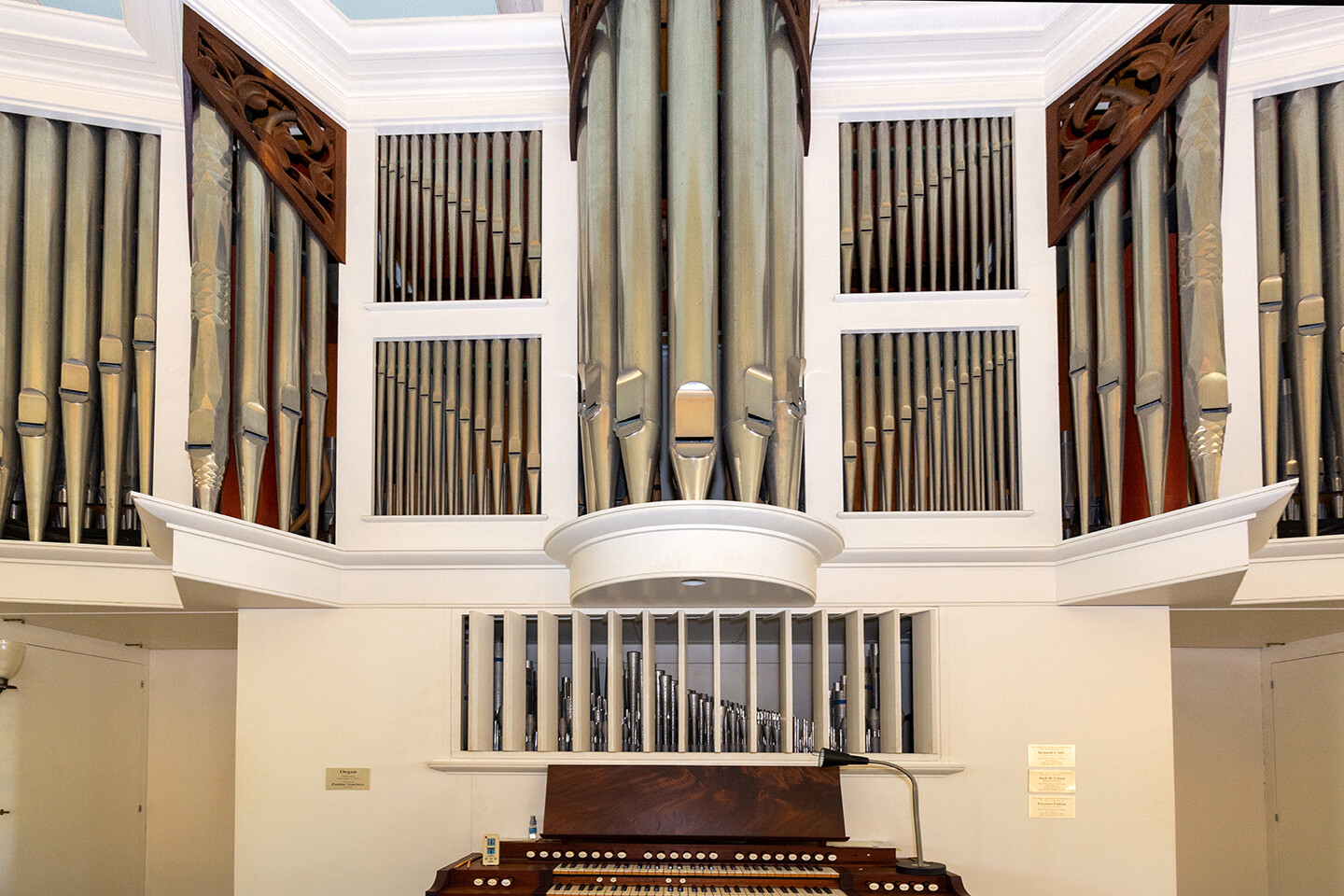
My usual practice is to scope out where I will be taking the photos by doing a walk-though and envisioning how a virtual tour would look. Reverend Richard took me through the church and the upper level that has a beautiful antique pipe organ. He then told me that I would also be photographing in the basement, which I though was unusual.
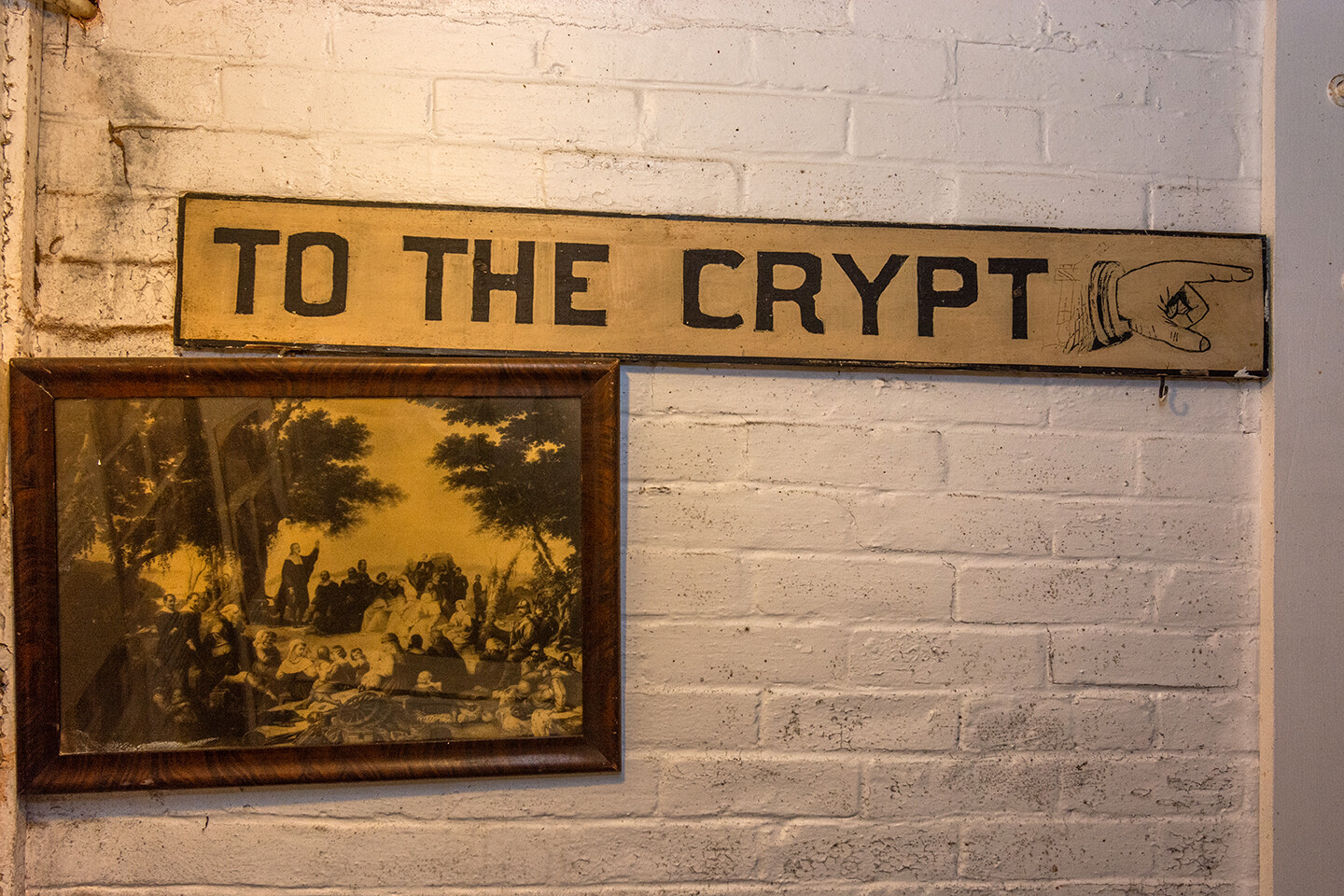
According to the Church website: The present Meeting House, built 1812-1814, is the fourth meeting house of the congregation. The edifice was built over the colony’s ancient burial grounds on the Green, and thus the basement with numerous burial stones is referred to as the Crypt.
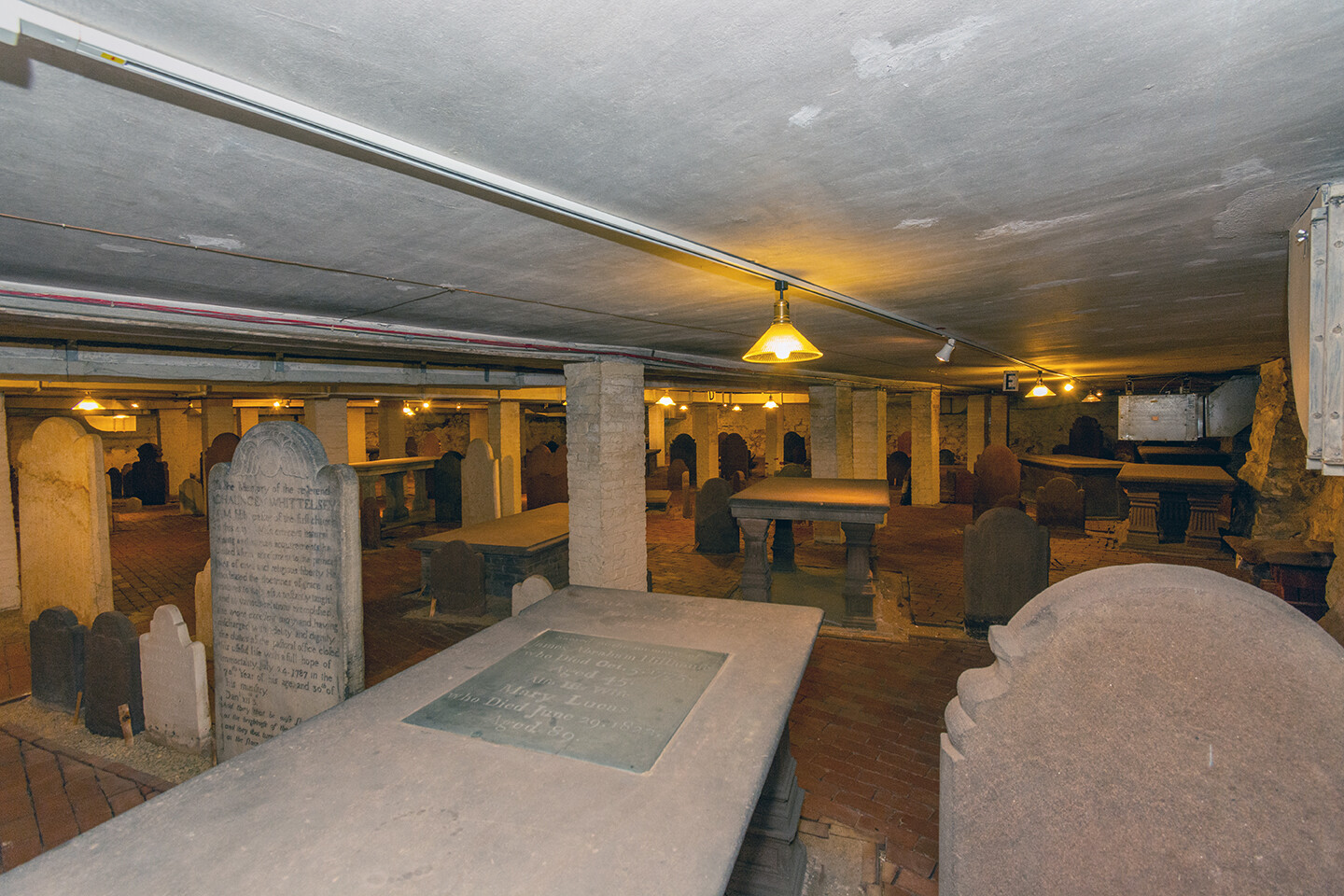
That was a surprise that I was not expecting. You can view “the crypt” in 360 degrees here:
According to the Center Church on the Green website: The early settlers who are remembered in the Crypt represent a cross-section of the original community: different social standing, different points of view. 137 gravestones of New Haven’s founders and earliest citizens dating from 1687, including: Benedict Arnold’s first wife, President Rutherford Hayes’ family, the Reverend James Pierpont (a founder of Yale College), and Sarah Whiting, 1669-1726, described as “The painful mother of eight children of whom six survive.” She was described as “faithful, virtuous and weary.”
You can view panoramas of inside the Church here: https://goo.gl/maps/NmkH7B3dvArrdE827
This is one of the reasons that I love this job. Every day has a different challenge and opportunity, and sometimes I am amazed and surprised on a photo assignment.
Tim Becker
Creative Images Photography
901 Main St.
Manchester, CT 06040
860-528-7818
tim@2cimages.com
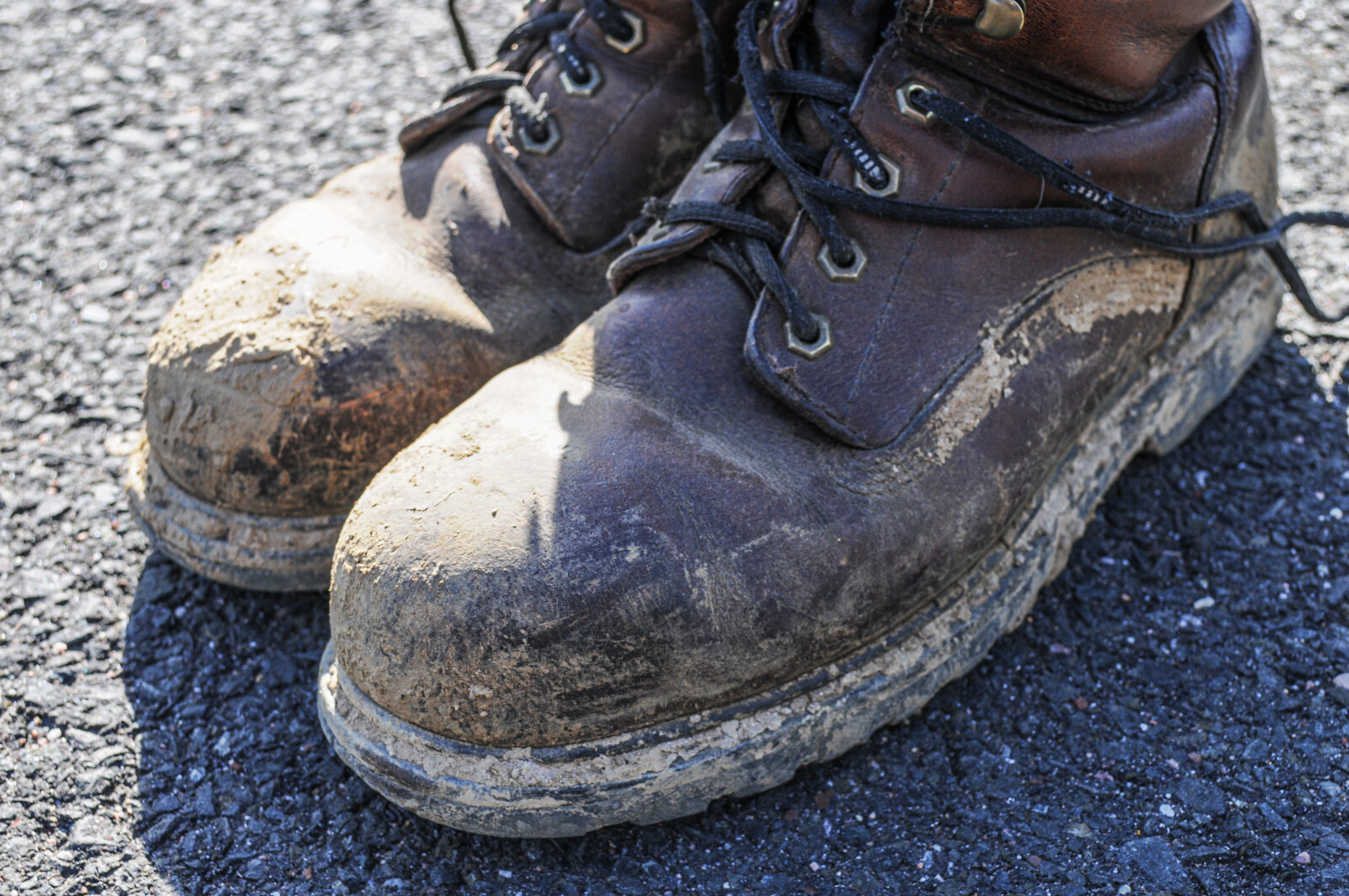
There is something about watching a building being constructed that I find fascinating. Seeing a plan become reality in steel, glass, and concrete, by the hard work of many highly skilled people, over a period of years, is simply amazing.
That is why I enjoy handling construction progress photo assignments. For these assignments I am required to deliver the digital images as unaltered originals, straight out of the camera. The terrain is sometimes rugged and muddy, and I always need to be aware of my surroundings, since construction vehicles can come at you from any direction. Wearing a hard hat, steel toed boots and a bright OSHA green shirt, vest, or jacket is essential.


I learned by being yelled at, not to ever cross an area that has red tape surrounding it. I also learned why hardhats must be worn on construction sites, since I have banged my hardhat on many overhead objects, that I thought I had cleared.
Documentation is critical with construction progress photos. Embedded in every digital photo I take on a construction site is a GPS coordinate that also includes altitude, the direction the photo was taken, as well as the date, time taken, camera, lens, and exposure setting. The information embedded in each image is called EFIX data or "exchangeable image file format".

I use an architectural site map and produce a PDF file with the frame number and direction arrow of each photo taken, that I deliver with the original digital images..

On a rare occasion I get to see compelling action like the time I covered a huge crane hoisting an immense steel beam over the Massachusetts Turnpike: http://info.2cimages.com/blog/48/big-cranes-in-boston , but recently my progress photos are taken after 2:30PM when all the construction crews have left for the day. It is much safer that way. Here are a few examples of the progress I have seen.
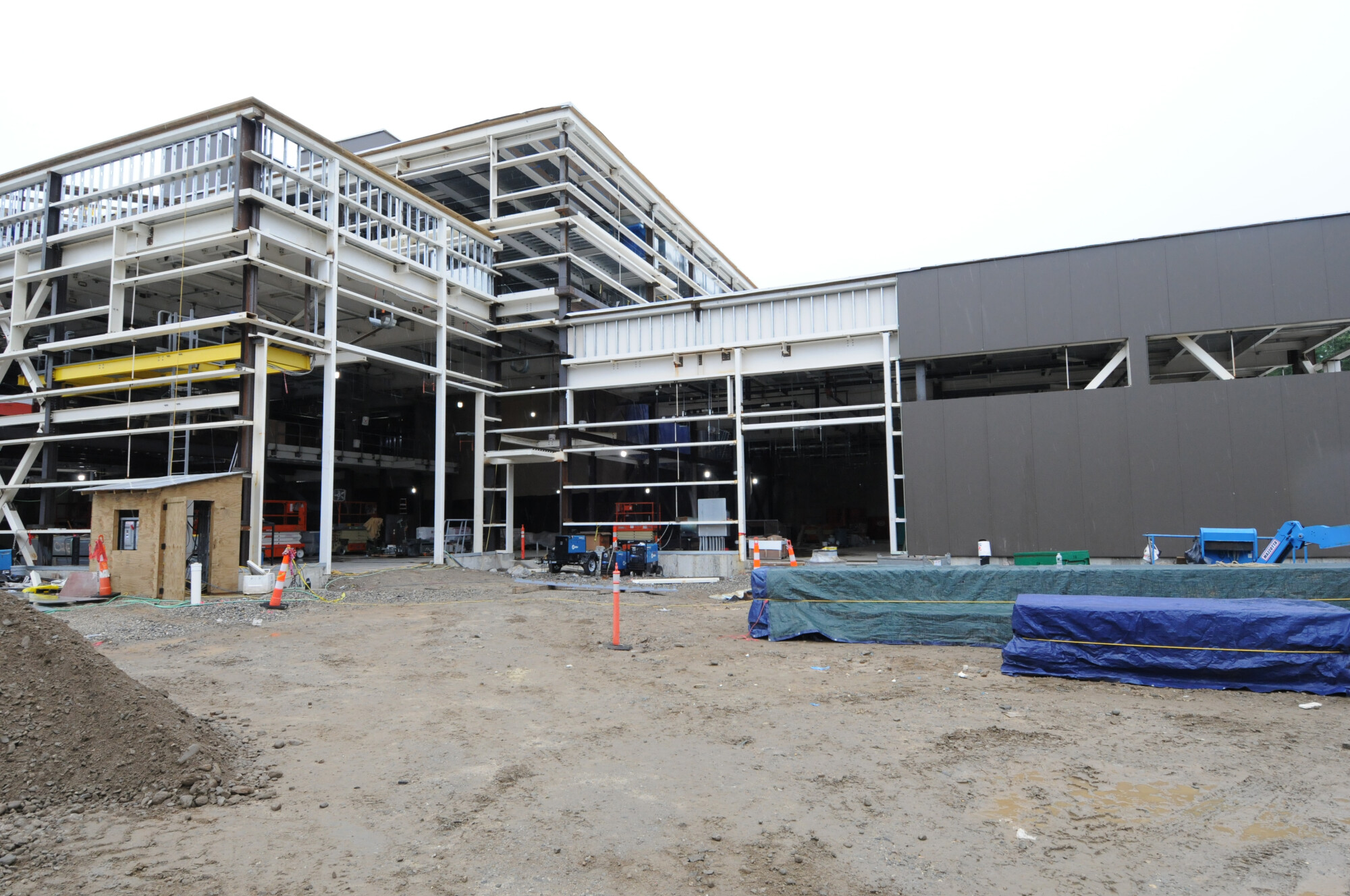
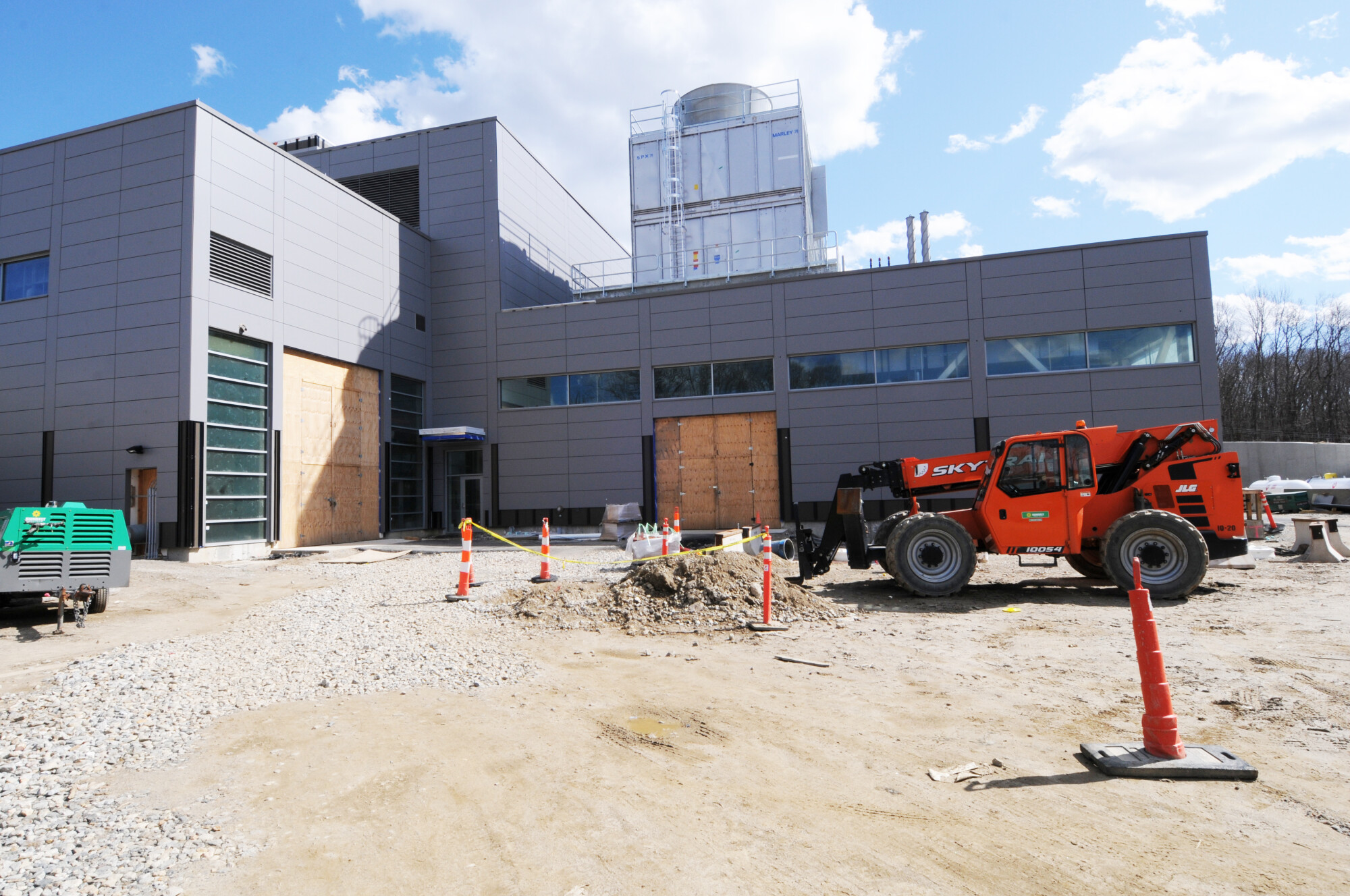
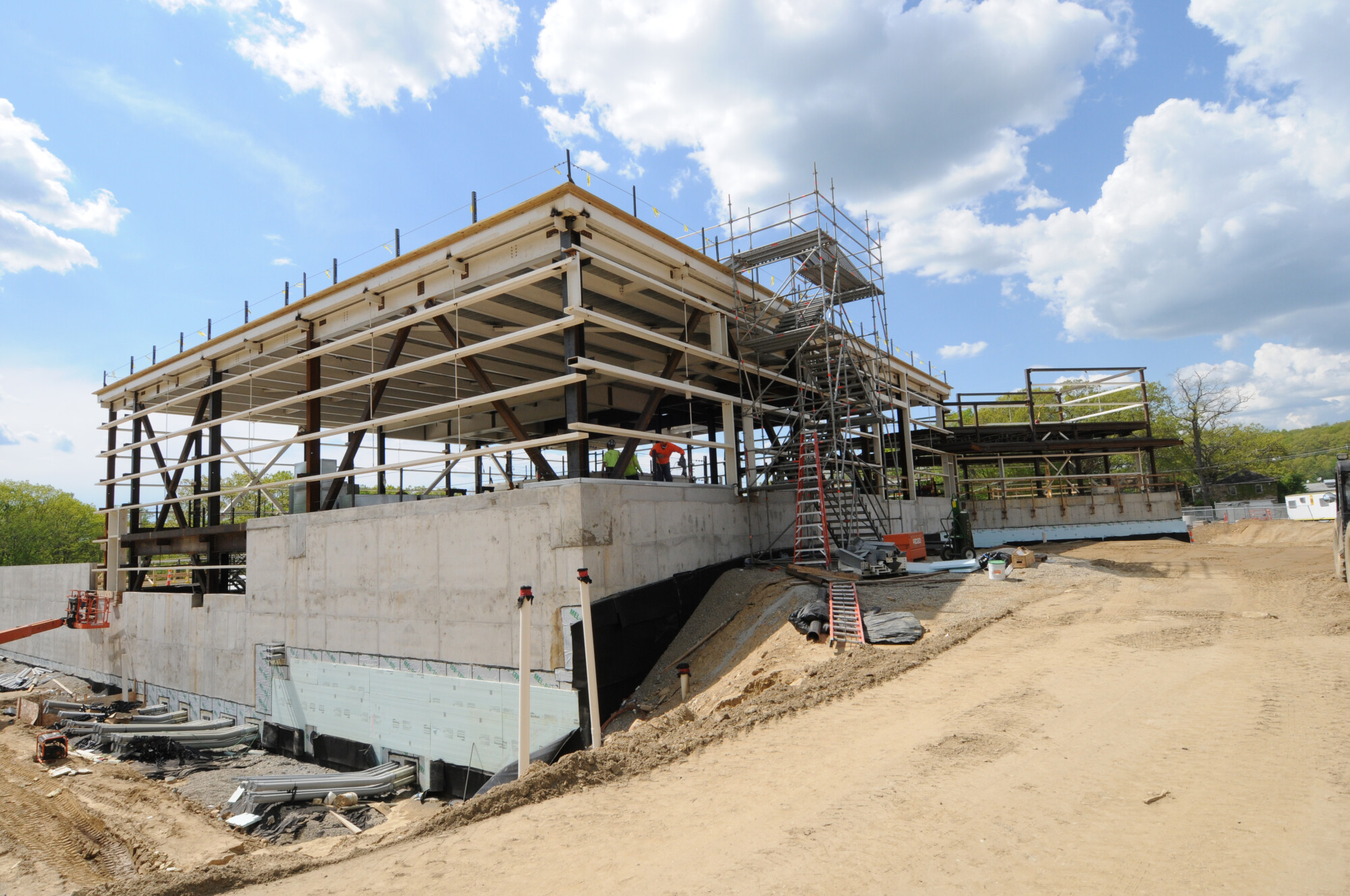
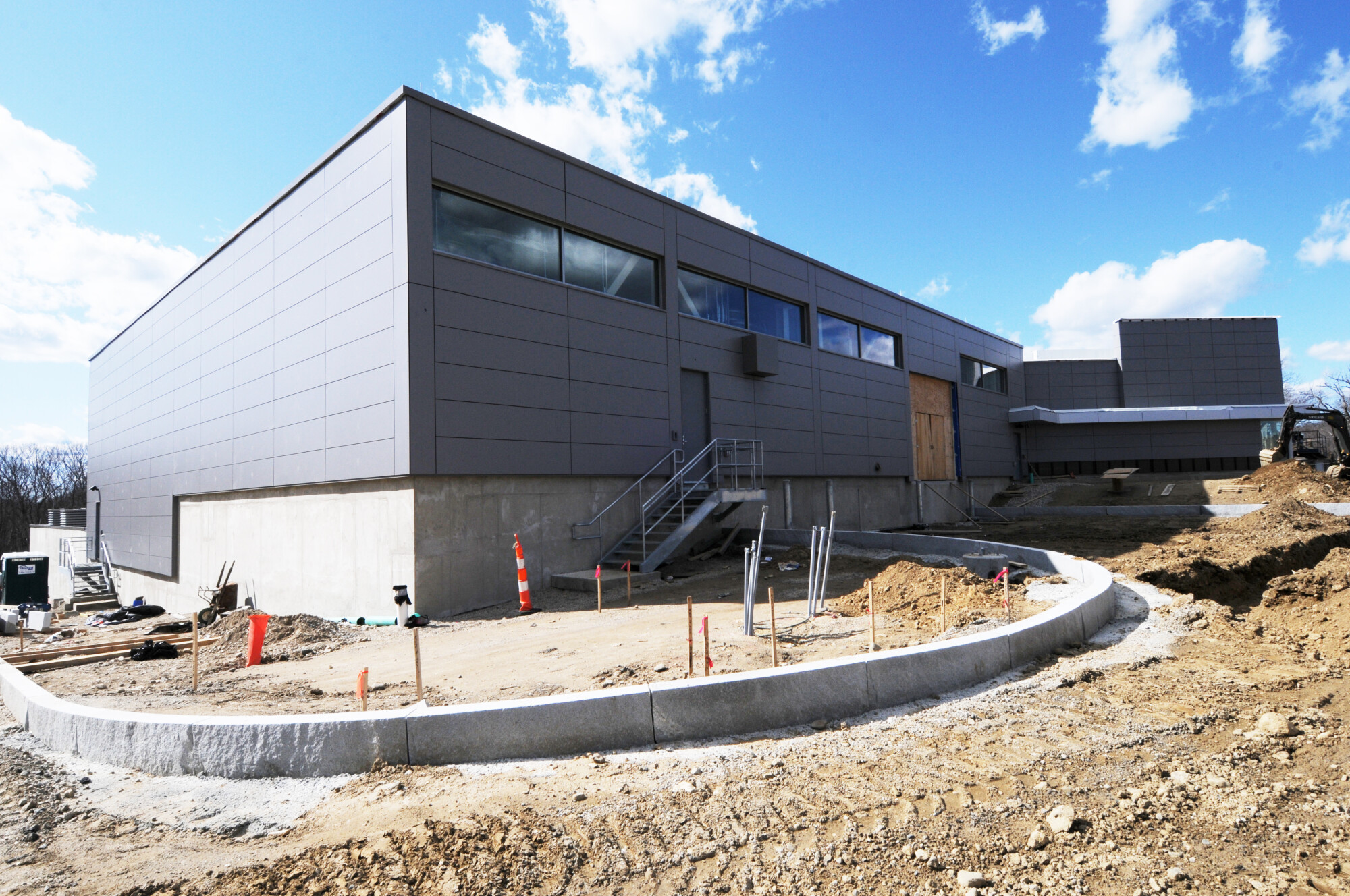
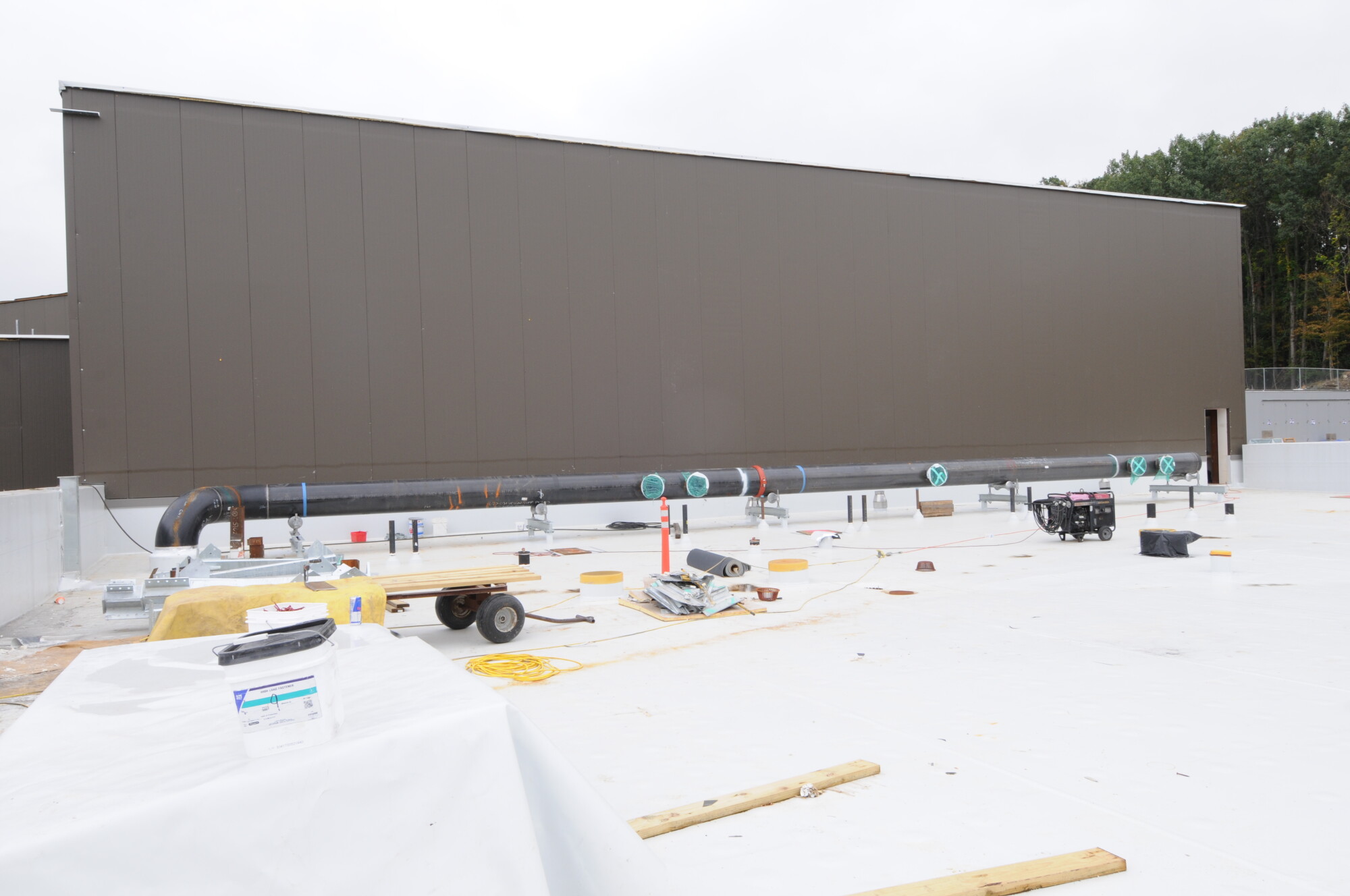
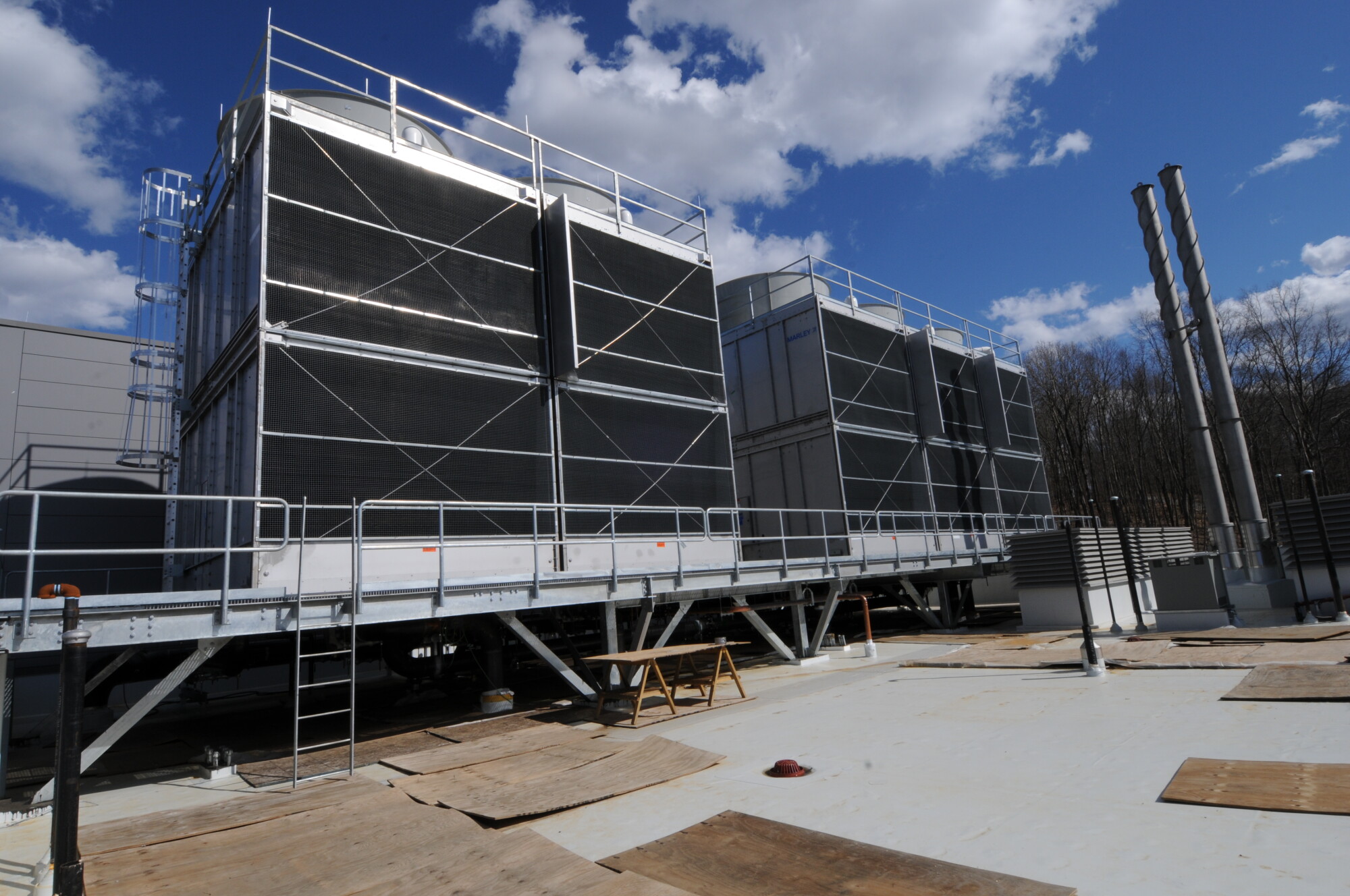
The hard part to take is that at some point in the future, the building is completed and there no longer is a need for progress photography. That's when I hope to find another building project that is just getting started; so that I can continue to be amazed.
Timothy Becker
Creative Images Photography
901 Main St.
Manchester, CT 06040
860-528-7818

Last year I was asked to produce a Google Virtual tour of Paier College's new campus location at Seaside Park in Bridgeport. After purchasing some of the buildings and space which used to be part of the University of Bridgeport, Paier needed to capture its own interior and exterior photography for marketing purposes. This effort required multiple visits to capture the interior space when it was more vacant, and in fairer weather in the Spring to showcase the beauty of the campus.There was just one wrinkle: since the move to Bridgeport had just occurred, there was not yet any formal branded signage on the interior walls or speaker podiums. I was given an official logo of the College and worked to make the branding elements visible in the photos.
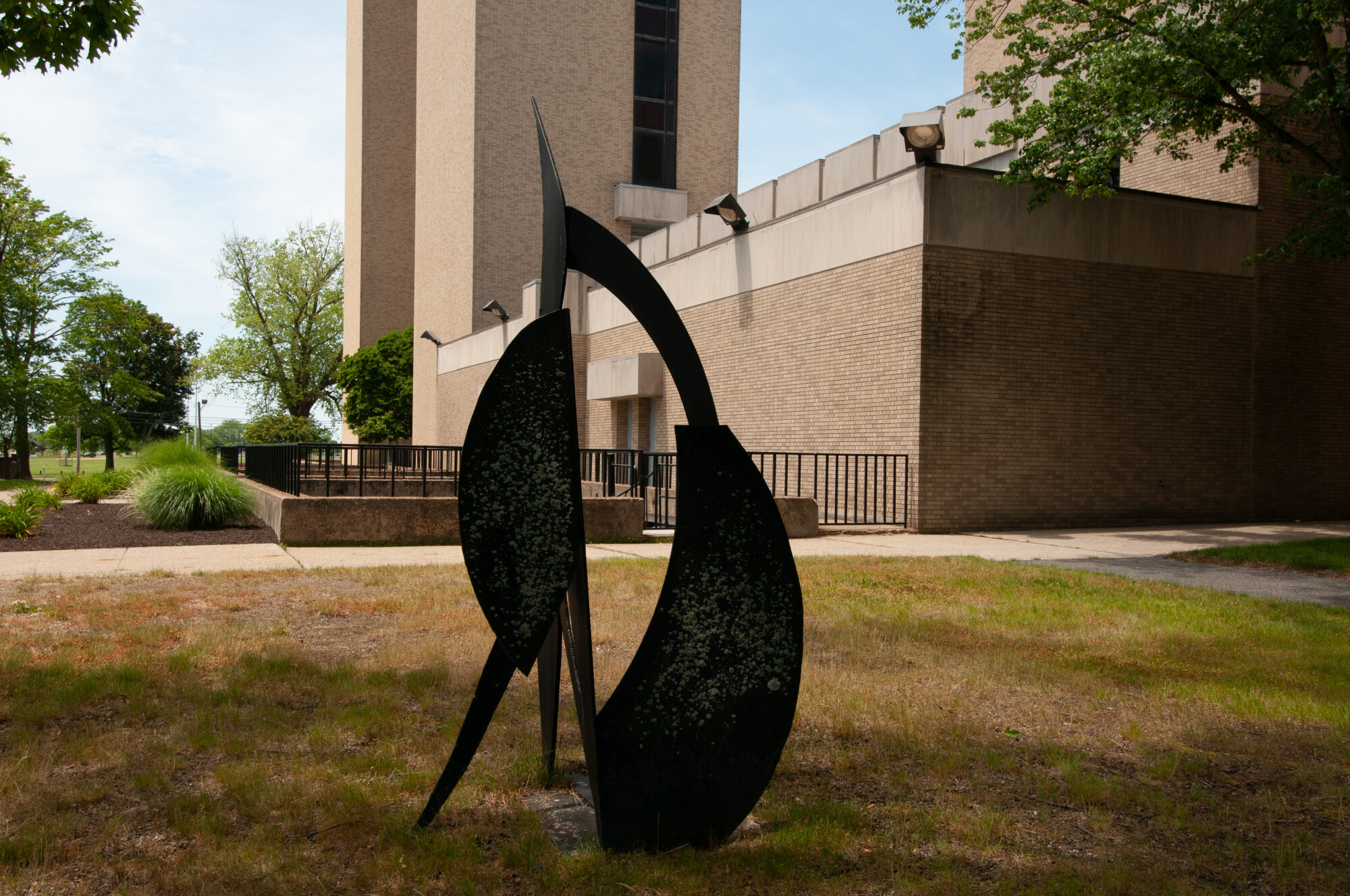
Another concern was the new street address was not confirmed with the post office and the Google Business page where the images are published. By December 2021 the new address was confirmed, and I published the Google virtual tour, which you can take here: https://goo.gl/maps/cyqyaGAbU6LjpbwN8
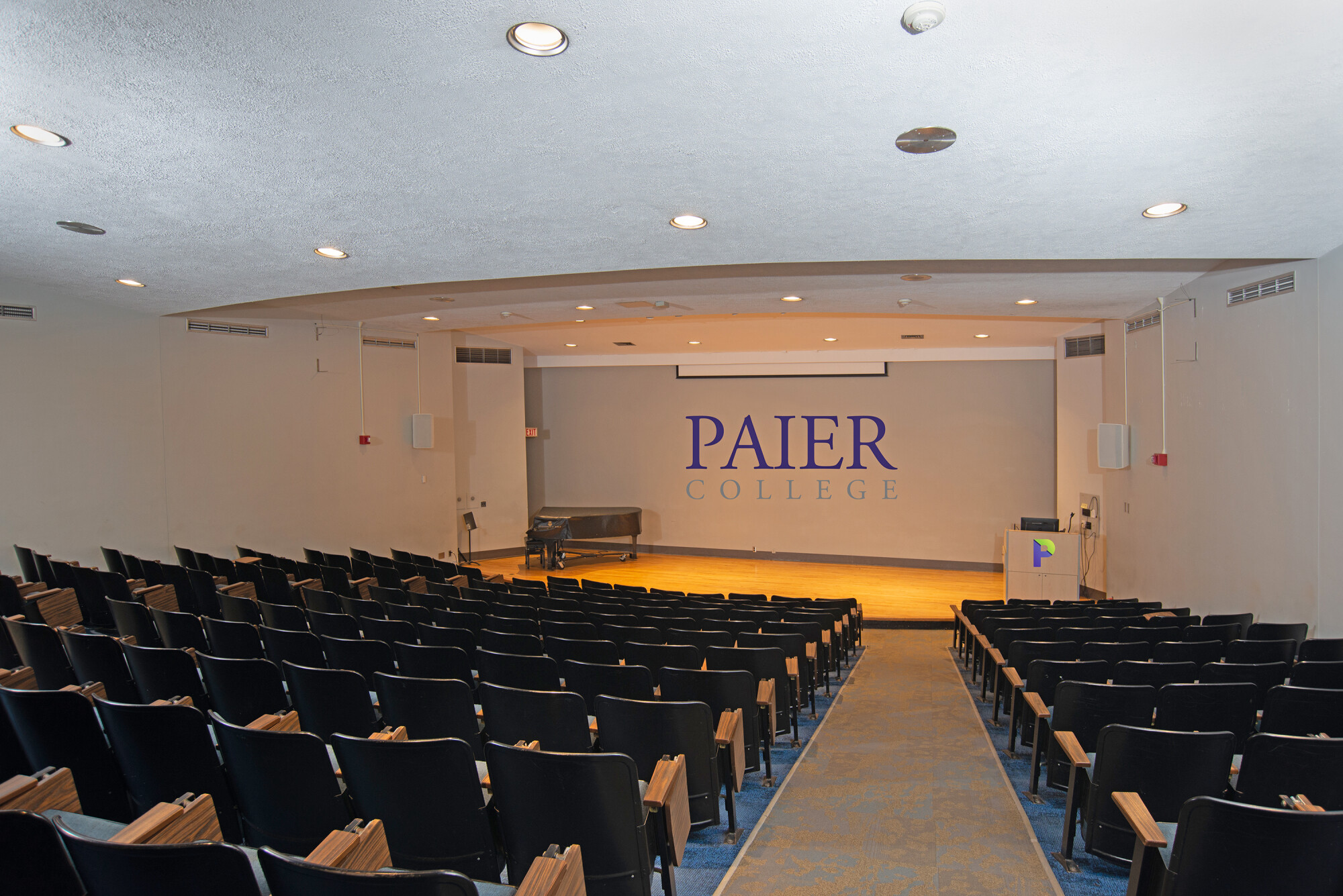
An interesting aspect of the school is the structure in front of the building that looks like a flying saucer landed there. Commonly called "the bubble", this structure was initially designed to appear floating. While for years it went neglected, Paier has big plans for this unique space.
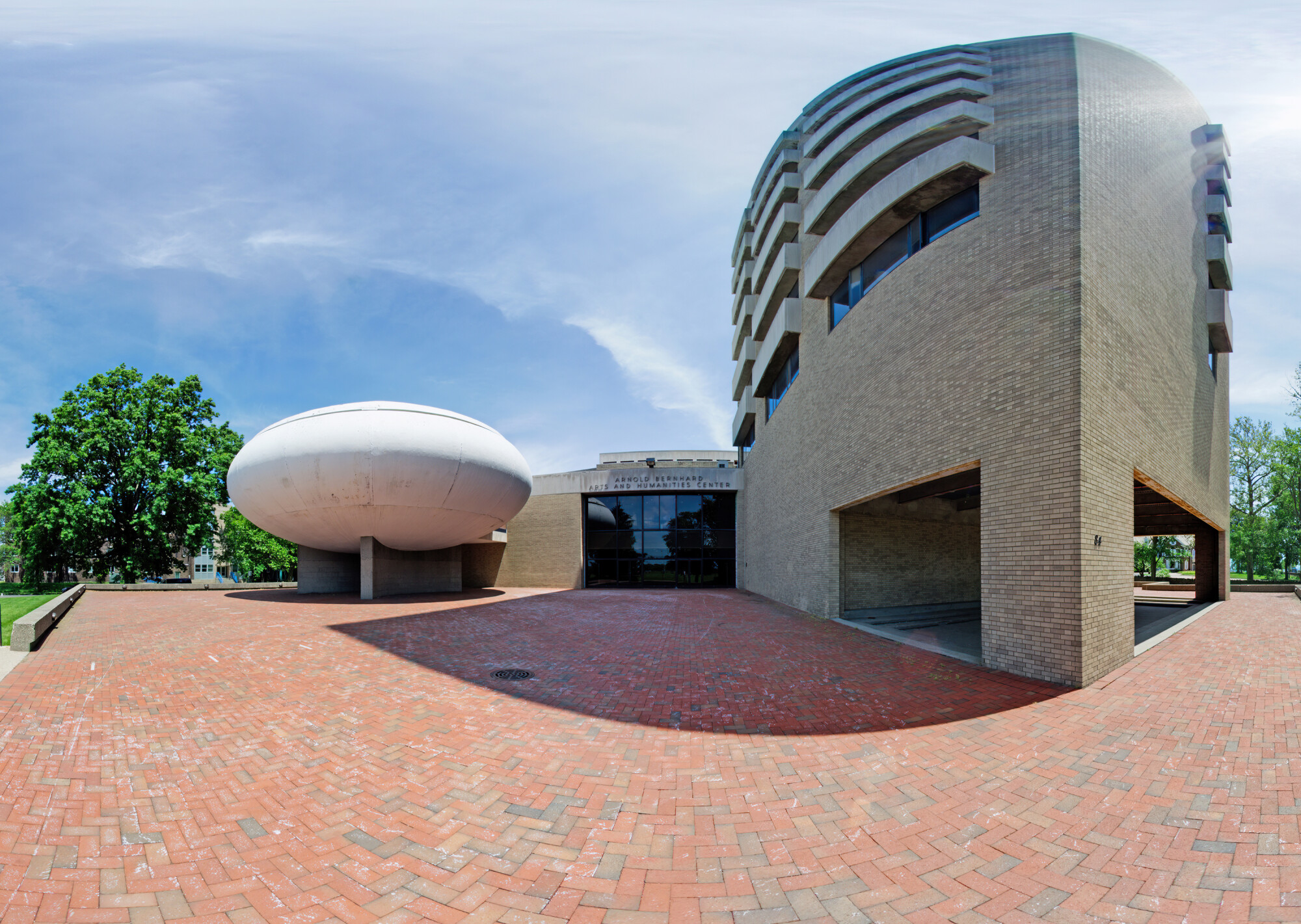
The virtual tour goes into a lecture hall, the art gallery, and continues on the stage of the historic Mertens Theater. There is a large meeting room on the 9th floor that has a beautiful view of Bridgeport harbor which you can see here: https://goo.gl/maps/ZFjW5GpCoq9XZ9Bw8 The podium and the wall behind it includes the school logo which I placed into the image using Photoshop. This room now serves as the office space for the Admissions Department, so that every new student gets to take in these spectacular views!
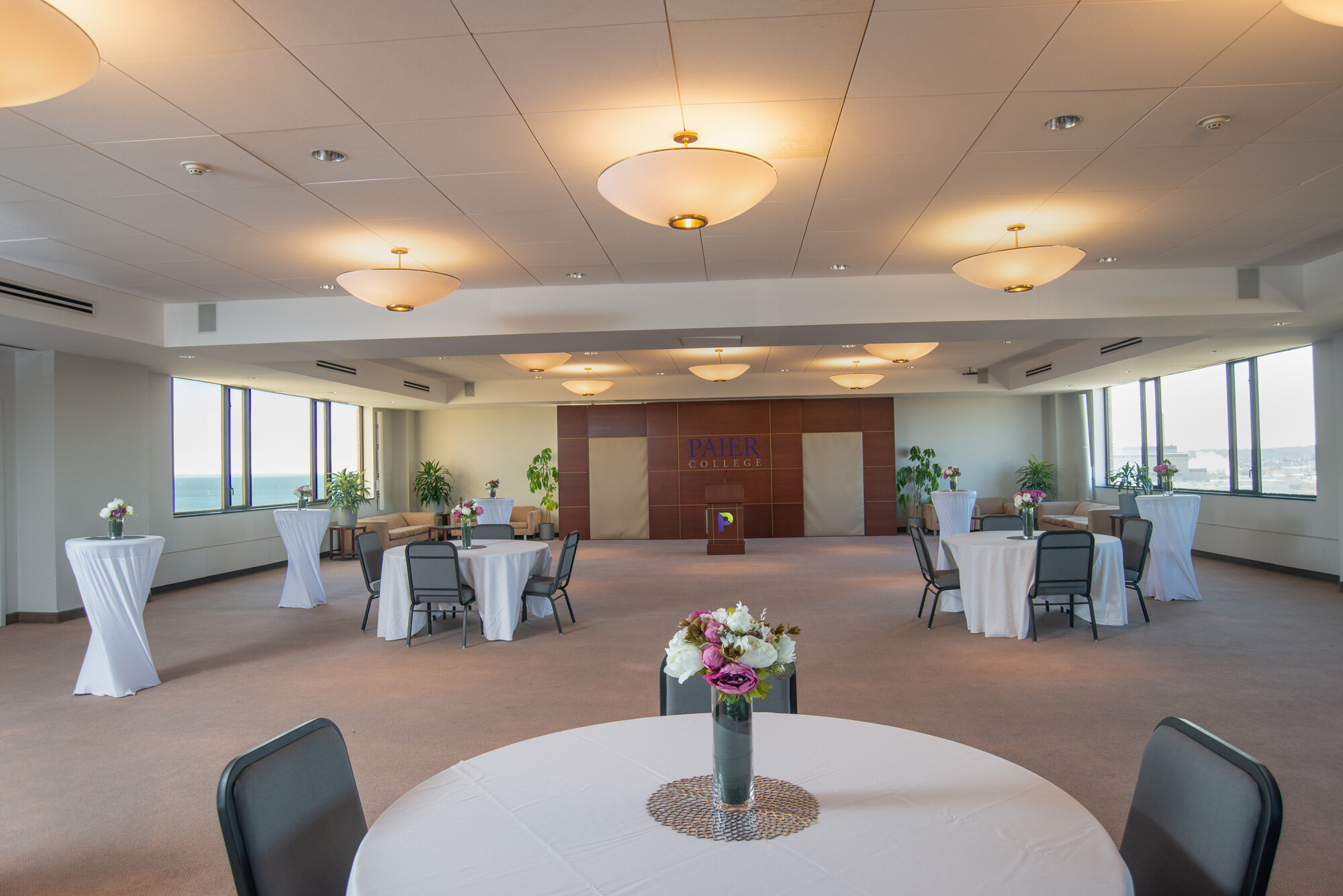
I enjoyed visiting this college as it reminded me of my younger days studying photography at the Rochester Institute of Technology. I am also very pleased that Paier College has been incorporated into the University of Bridgeport and will continue to train photographers, artists and art directors in Connecticut.
Tim Becker
Creative Images Photography
901 Main Street
Manchester, CT 06040
860-528-7818
https://2cimages.com/
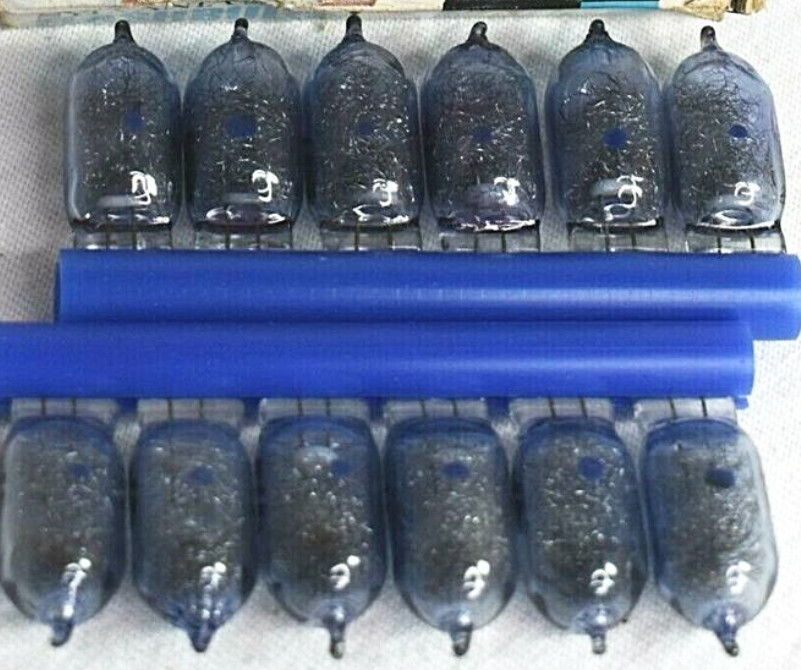
Recently I was contemplating how much has changed in photography since my first job as a "professional photographer" working as a summer intern news photographer for $85 a week, during my college days at The Rochester Institute of Technology. I was lucky to get two great internships after my sophomore and junior years. Although I had a good education in college about the theory and usage of photographic lighting, composition, as well as photographic films and chemistry; it was the practical experience of being a photojournalist for a daily newspaper that helped me to become a successful photographer. I would never have learned how to operate in the real world by reading a textbook or listening to a lecture in class. Here is a photo of me from that time, taken by my friend and fellow photographer Tom Kielick.
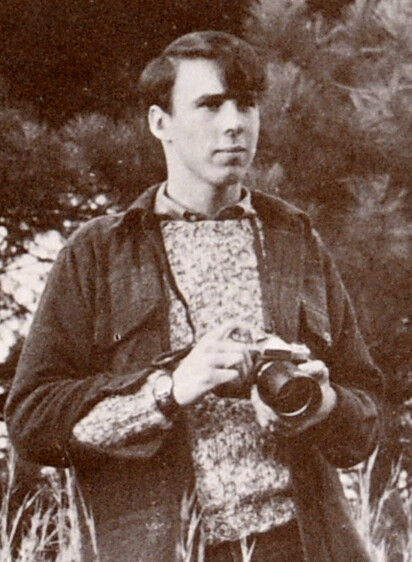
At age nineteen I wasn’t very confident in my ability as a photographer, and I was afraid that I would make lots of mistakes. My photo equipment was very basic: one Nikon F body, a 35 mm f2.8 wide angle lens and a 105mm f 2.5 telephoto lens. I didn’t own a flash nor understand how to use one. I carried my gear around in an old Army surplus gas mask bag.
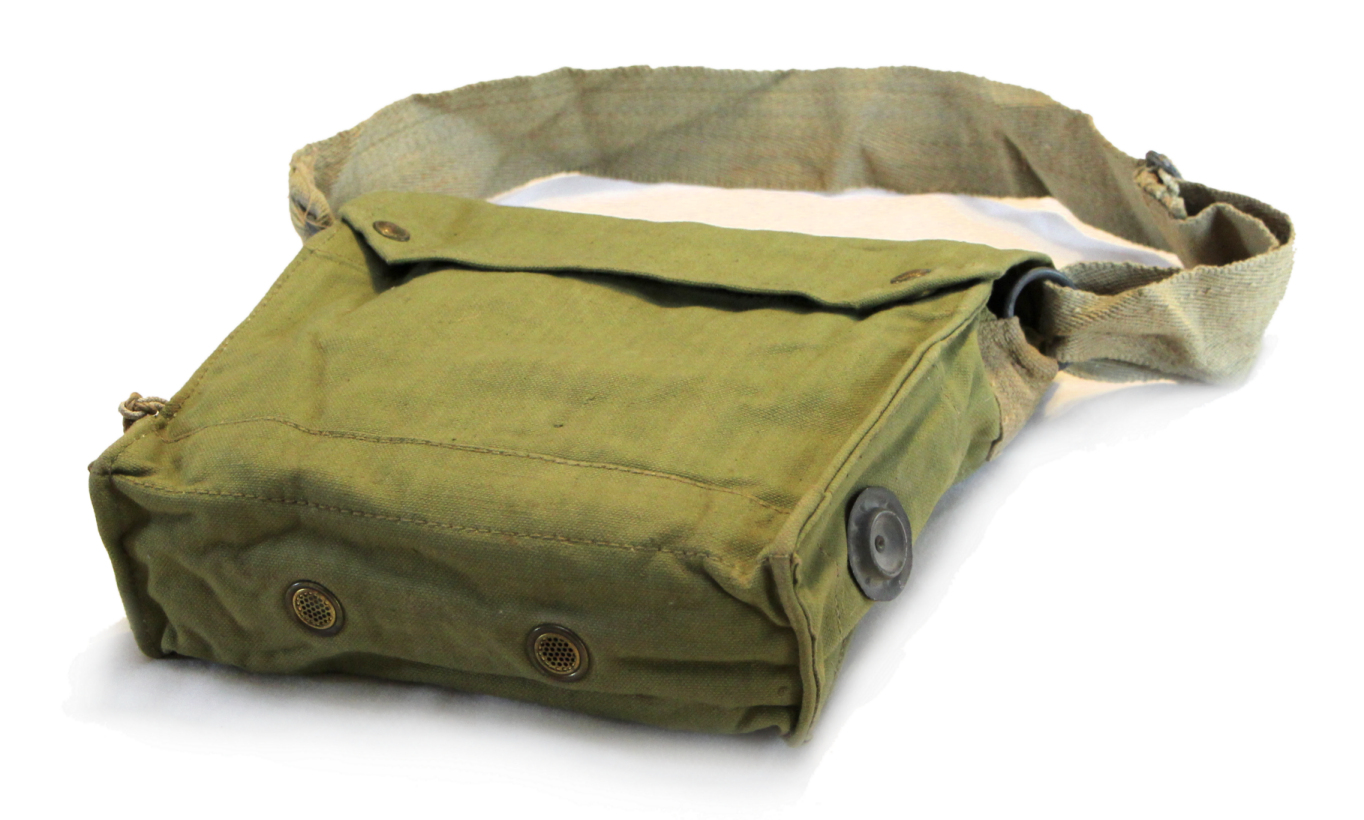
At my first job at the “Manchester Evening Herald” I learned that when I was given an assignment; I had to find the address (before GPS), take the photos, develop my film, make a good black and white print, and write a short caption while making sure all the names were spelled correctly. This all had to be completed and brought to the editor's desk in time to meet the publication deadline which was 2 PM. There were three to four assignments each day. If it was a slow day I was expected to go out and find an interesting “weather picture”. Here is my first ever front page photo:
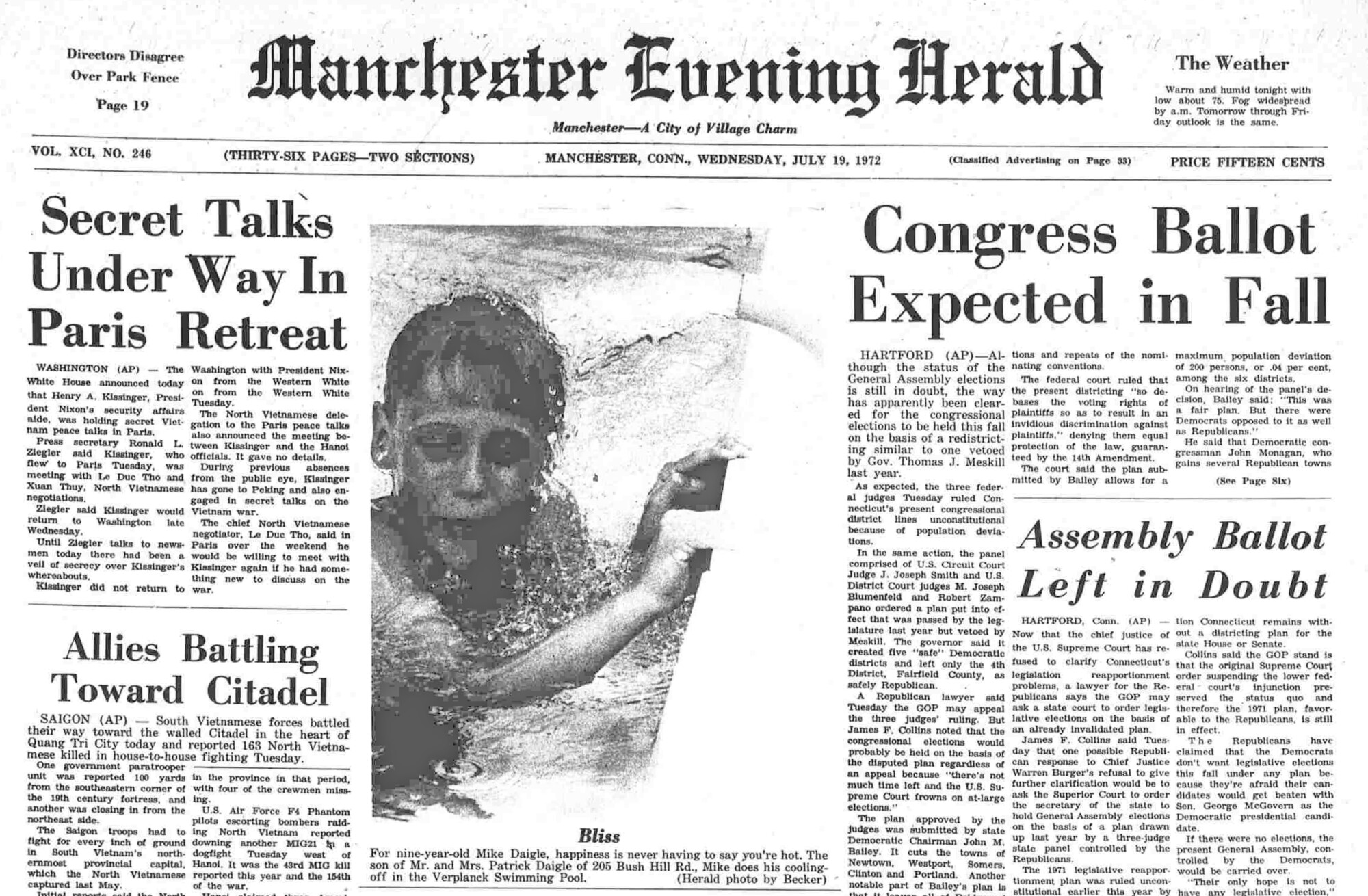
Since I didn't own a flash, I was given a compact flash that had a reflector that unfolded and a box of peanut sized flashbulbs. I had to be careful removing a used flashbulb after I took a shot because it would burn my hand. Fortunately, I had very good news photographers to teach me. Unfortunately The Manchester Evening Herald ceased publication in 1991.
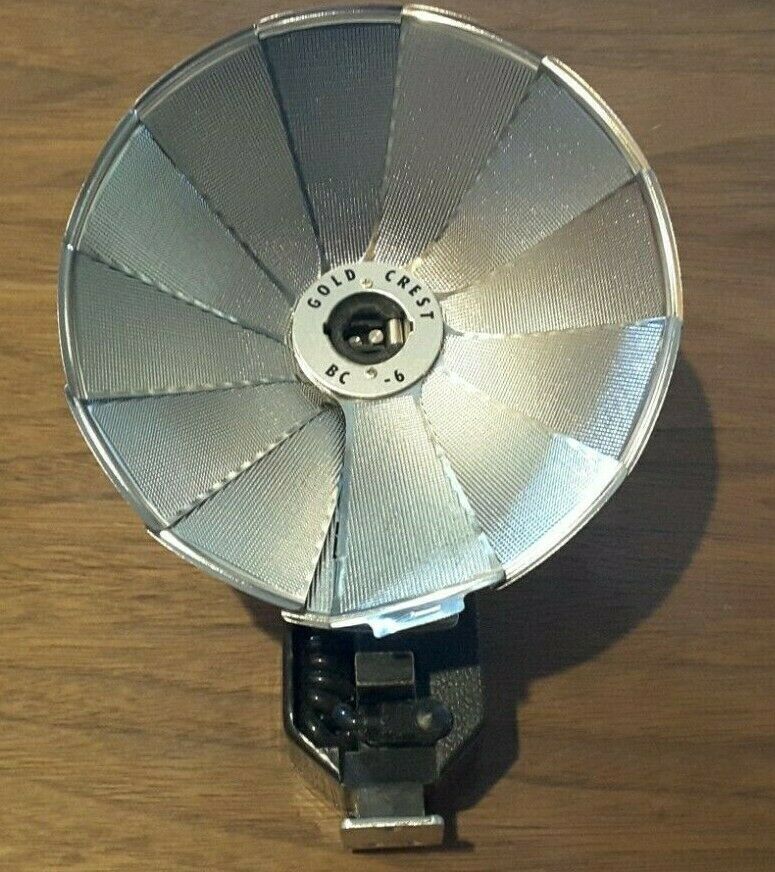
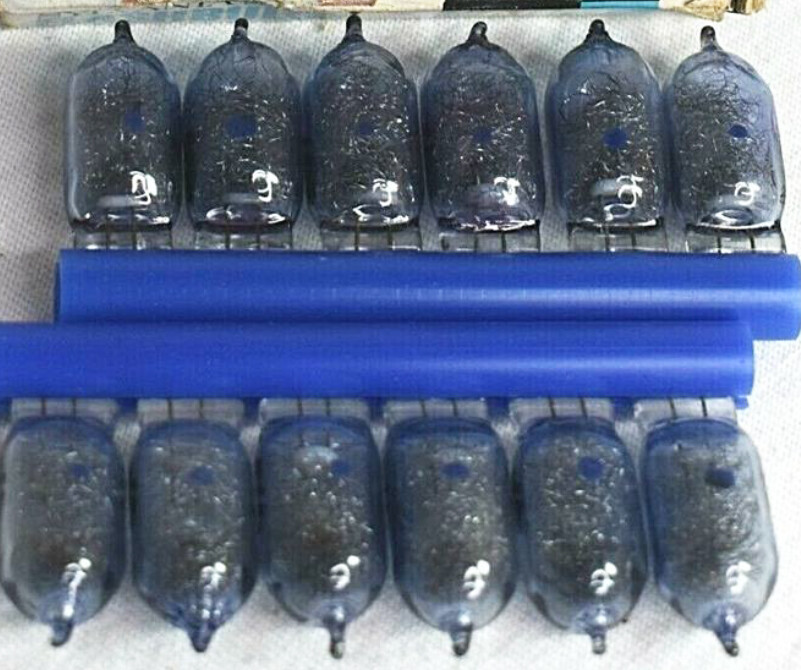
After my Junior year I was hired as a summer intern photographer at the “Hartford Courant” and made an extra $15 a week. I saved up and bought a professional flash that had a 510-volt battery pack that I hung over my shoulder, just like all the other Hartford Courant photographers. I got pretty good at holding the flash up high with my left hand, holding my camera with my right hand and focusing with my finger. I shot that way until the Vivitar 283 flash came out in the 1980s that went on top of my camera and I could tilt it up to bonce the light.
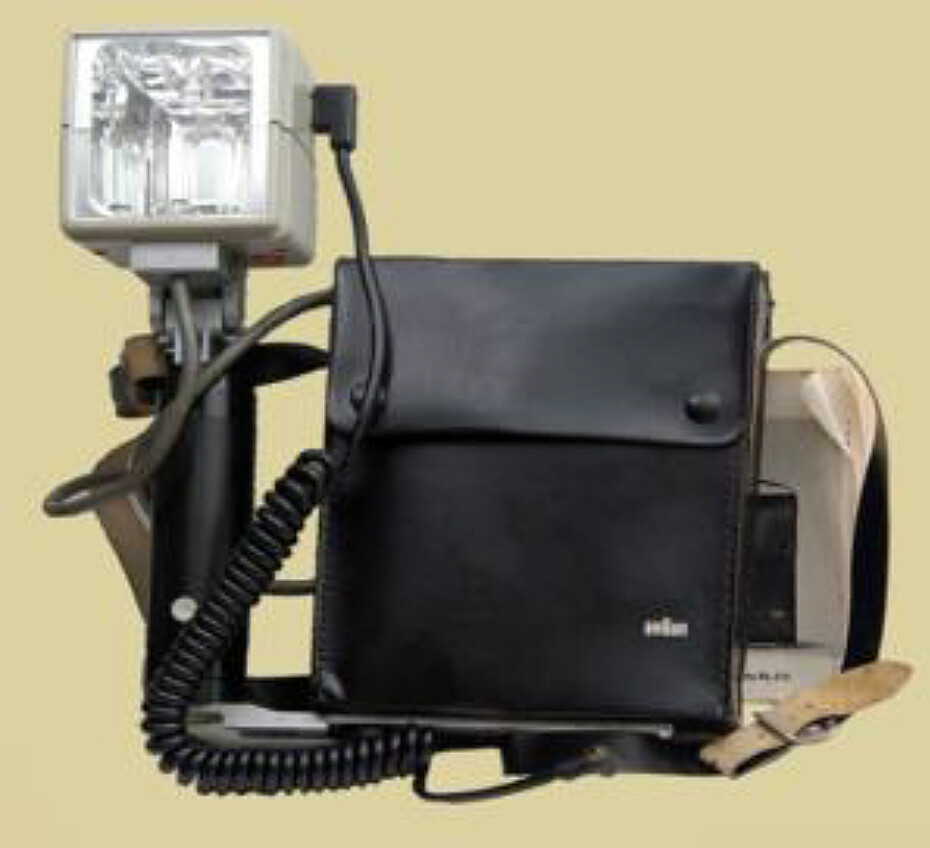
All the Courant photographers developed their film in a small darkroom with a sliding door that contained a two gallon tank of developer. Once I loaded the film on a reel and placed it in the developer tank and put the lid on, it was time to load a new roll of film from the bulk loader into my special Nikon metal cassettes. Then I could come out and sit at a manual typewriter and start writing my captions on sheets of newsprint paper. Every minute or so I needed to go back into the small darkroom, shut the door and agitate the film reel, which was on a stainless-steel wire, by lifting it up and down. When the timer went off after about seven minutes, it was time to put the film reel into the fixer and then the wash tank. After washing for a few minutes, I unwound the film from the reel and clipped one end to a large table fan with a clothespin and the other end to a wooden box that contained more clothespins. When the film was dry I snipped the 35mm negative sprocket holes of the frames I wanted to print with a scissors. That made It easy to find those frames in the darkroom.

The print darkroom at the “Hartford Courant” was a fascinating place. It was designed so that several photographers could make prints at the same time. The entrance was a light baffle instead of a door and the walls were all painted black. The darkroom was lit by several amber safelights. There were three omega B22 enlargers and one D2 enlarger that could print from 4X5 negatives on a table along the back wall. On the other side was a large sink with an 8X10 tray of developer and next to it a tray of stop bath that contained acetic acid, which had a sharp smell. Next to that was a large tank of hypo fixer that also has a bad smell. The deep fixer tank extended all the way outside the darkroom into the office. There was another large sink in the office, just outside the darkroom that contained the other side of the fixer tank and a large wash tray.
The chief photographer at the time did not believe in having timers on the enlargers, so there was a light switch in front of each enlarger and I had to count the seconds off to myself as I exposed each print. After I developed a print and placed it in the fixer tank, there was a long cord that I pulled to click on a spotlight that shone just on the fixer tank. If the print was good; I would push it through to the outside part of the fixer tank with a wooden stick. After I washed my prints for a few minutes, I dried them on a flipper dryer that had a canvass cover. Then I went to the newsroom and delivered my black and white prints along with the typewritten captions. Looking back, it is amazing to think that a team of eight photographers produced their work this way, seven days a week.
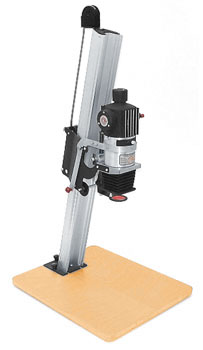
The most exciting assignment I had during my Hartford Courant internship was photographing the implosion of an old building on Pearl St. in downtown Hartford. The building was in between two modern office buildings. In anticipation of the event, the chief photographer had us practice without film in our cameras, taking photos as fast as we could. None of us had motor drives on our cameras so after each photo was taken, the film was advanced with a lever, All eight photographers had to get up at five AM on a Sunday morning and we were stationed around the downtown area. I was assigned to the roof of the Hartford National Bank building right next to the Aetna photographer. Aetna had insured the demolition contractor. The demolition was over in about ten seconds and we all scrambled to develop and print our photos. I was absolutely thrilled when my photos were chosen to grace the top of the front page the next day.

Now the entire newsroom is gone. Reporters, editors, and photographers work remotely. The Hartford Courant is now printed in Massachusetts and is owned by a hedge fund; but the Hartford Courant is still the first thing that I read every day.
I am extremely grateful for the great newspaper photographers that had the patience to teach me. I will never forget what I learned those two summers and I will always fondly remember making beautiful black and white prints in the Hartford Courant darkroom and shoving them through the fixer tank with a stick.
Timothy Becker
Creative Images Photography
901 Main St.
Manchester, CT 06040
860-528-7818

